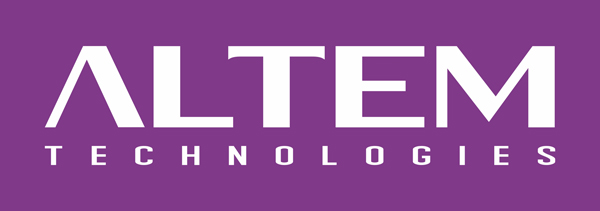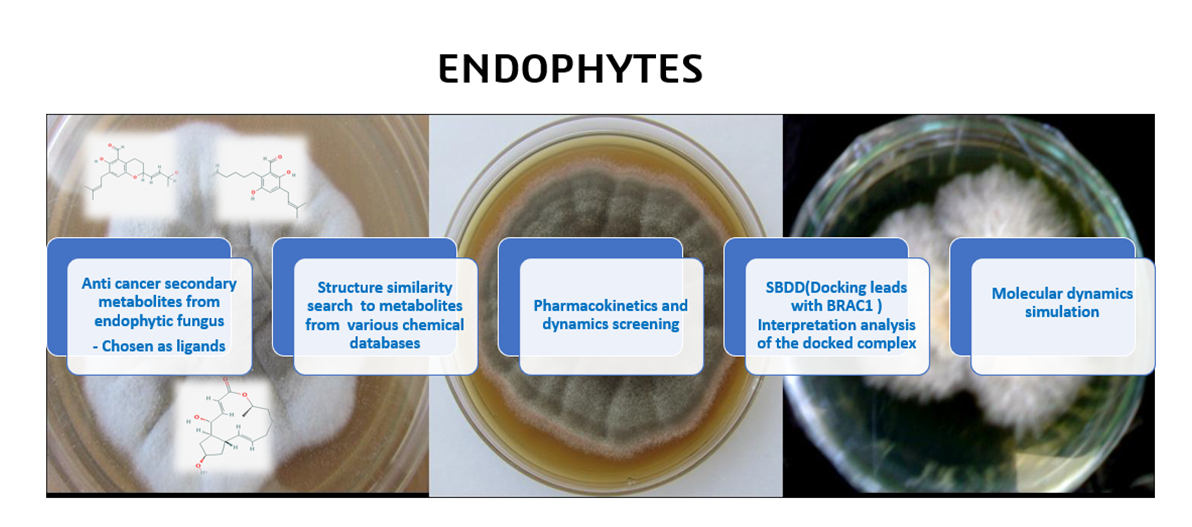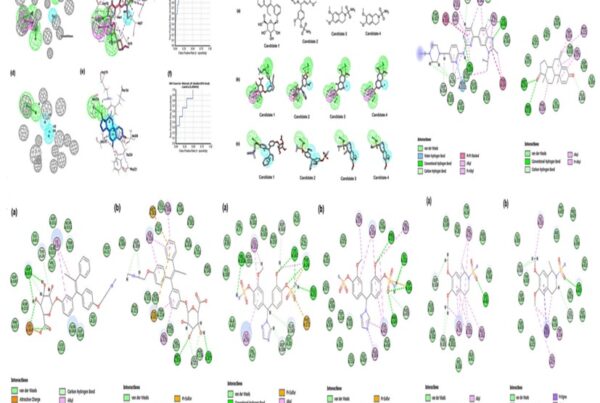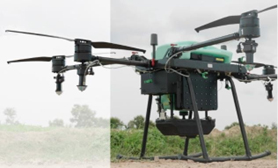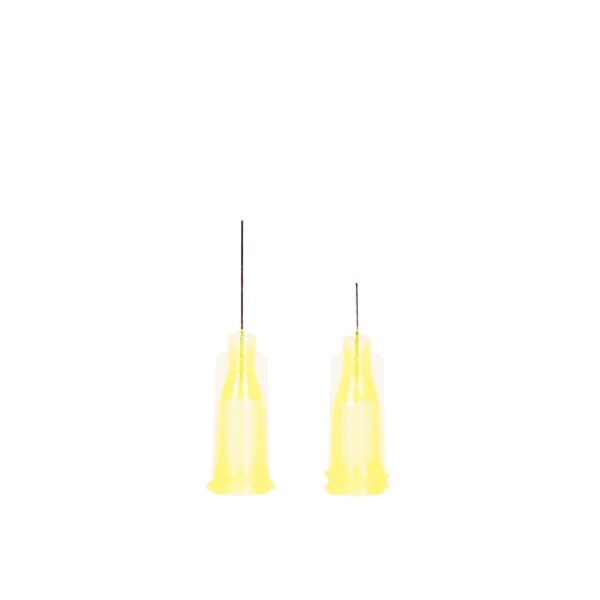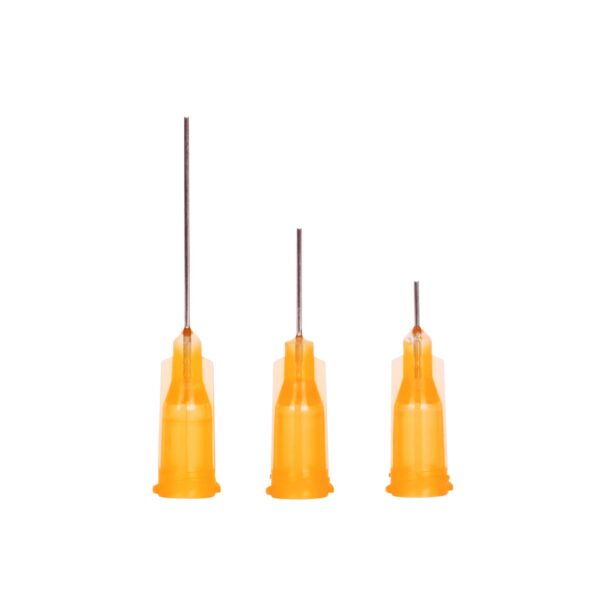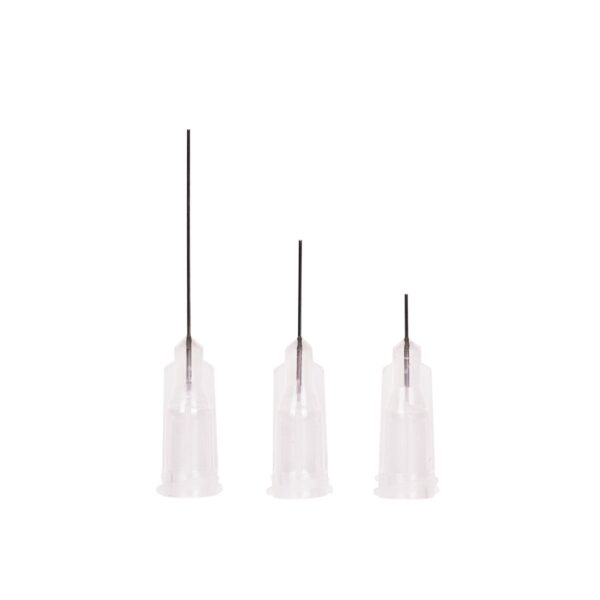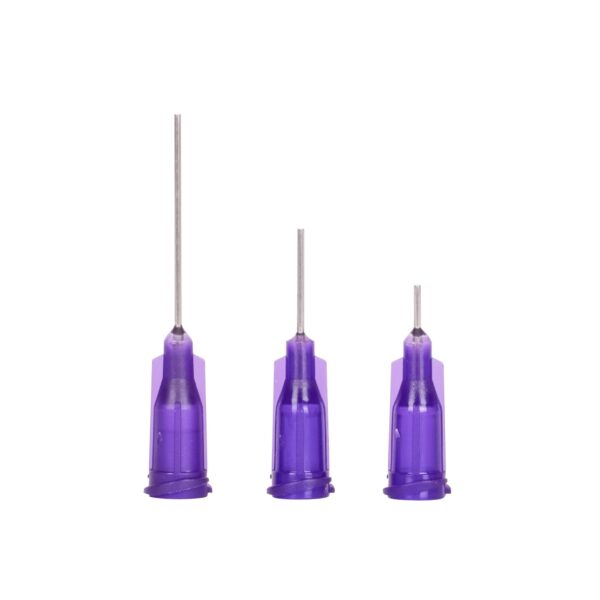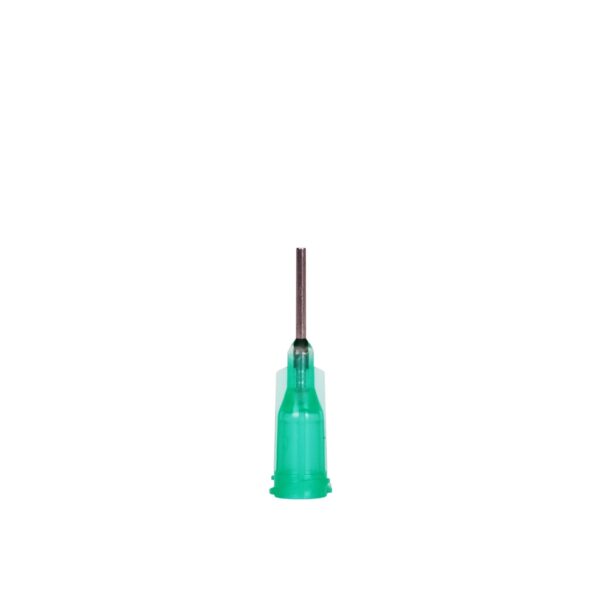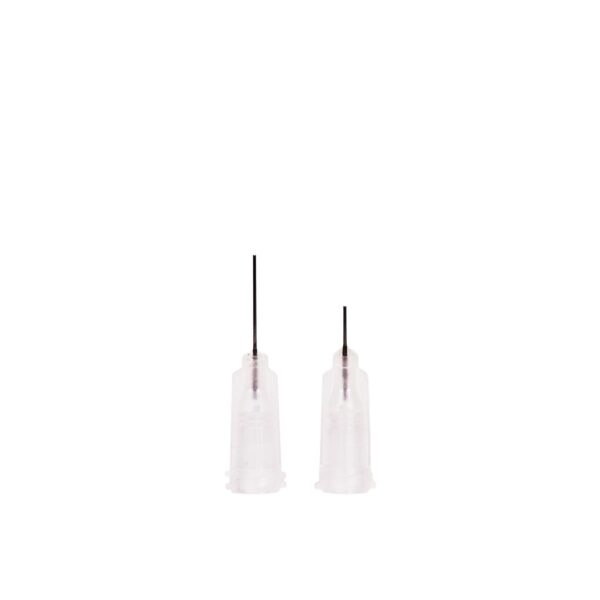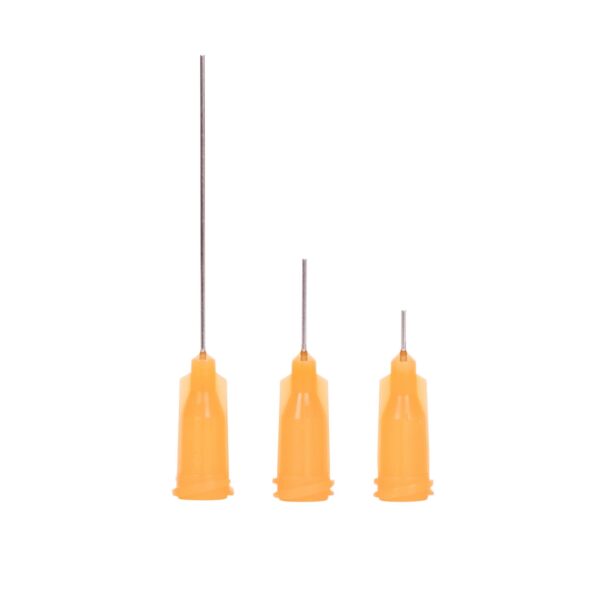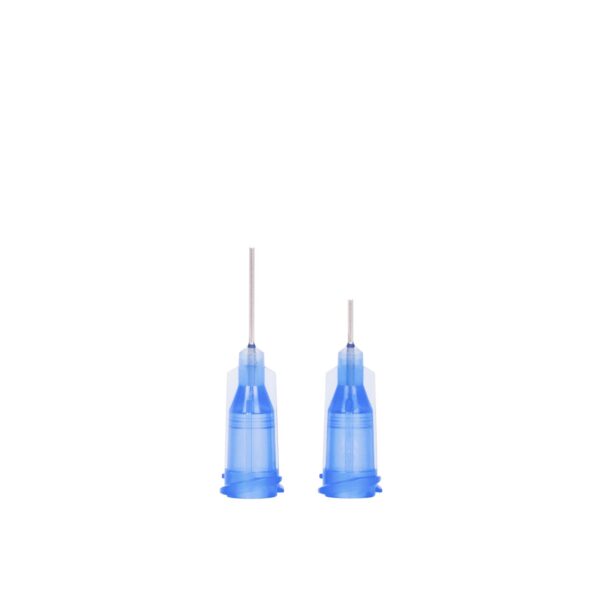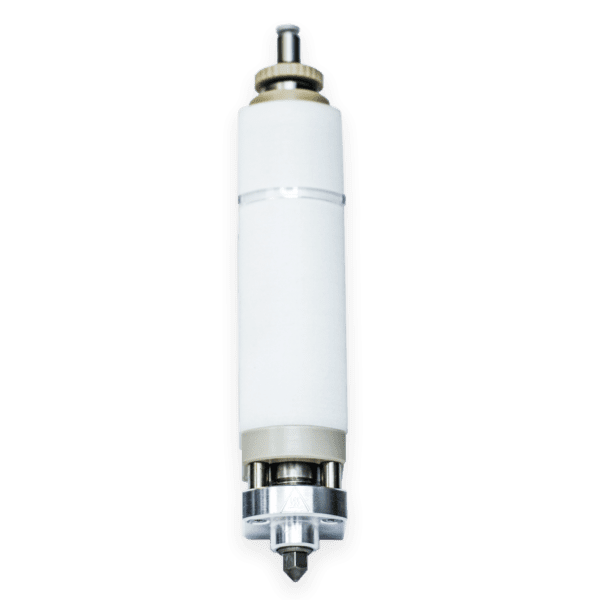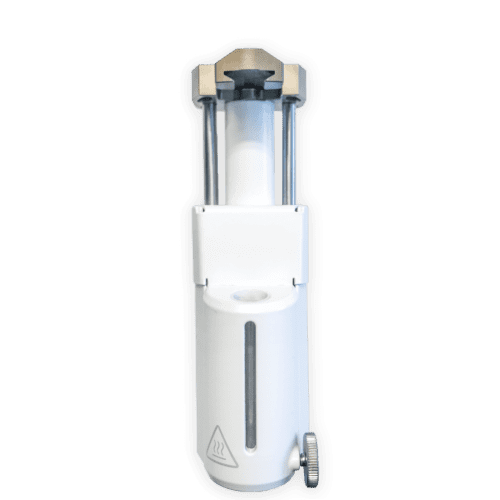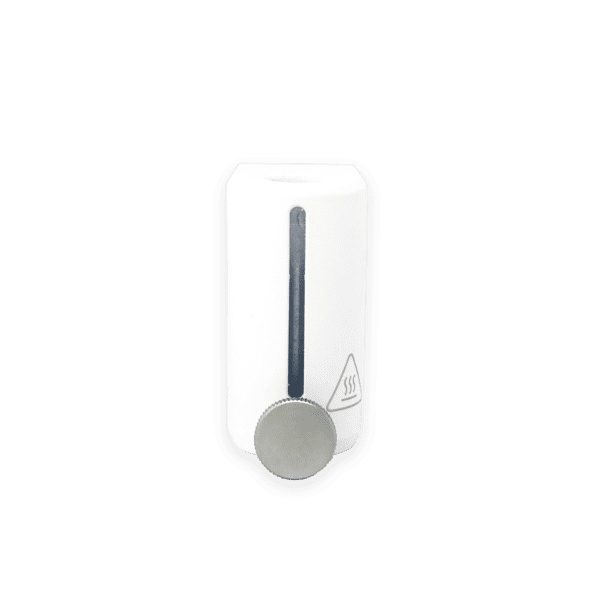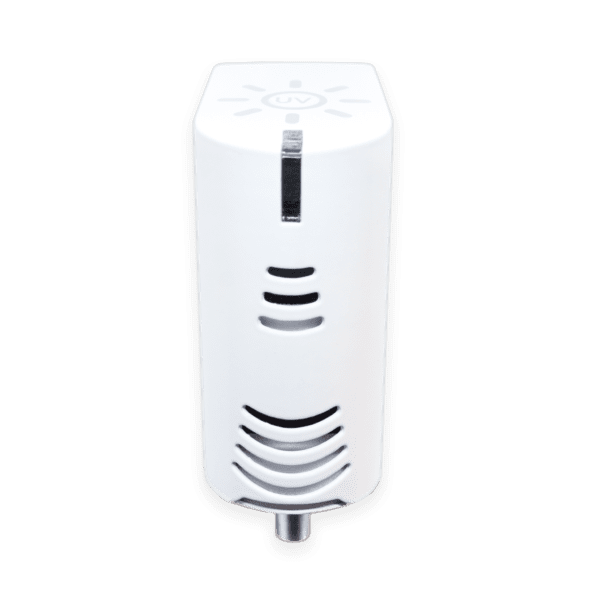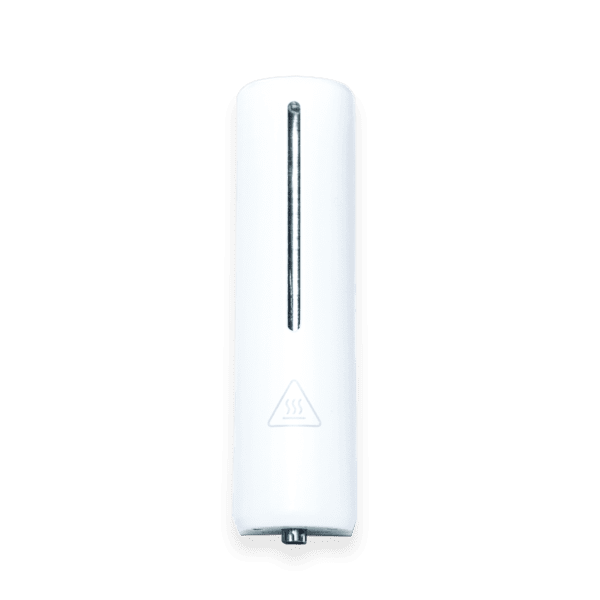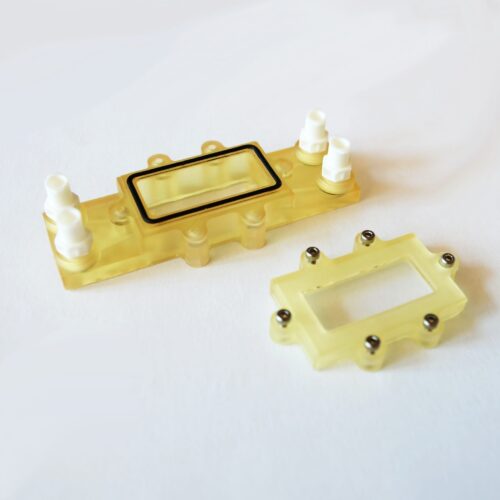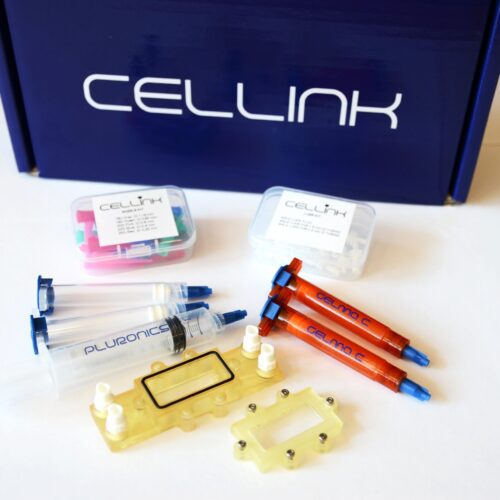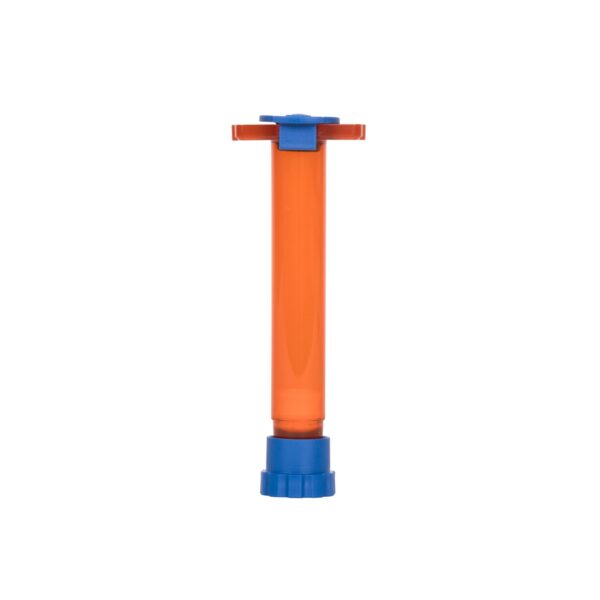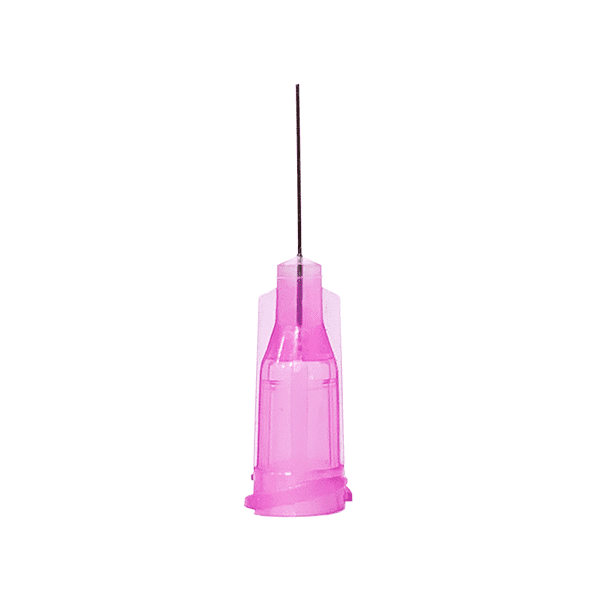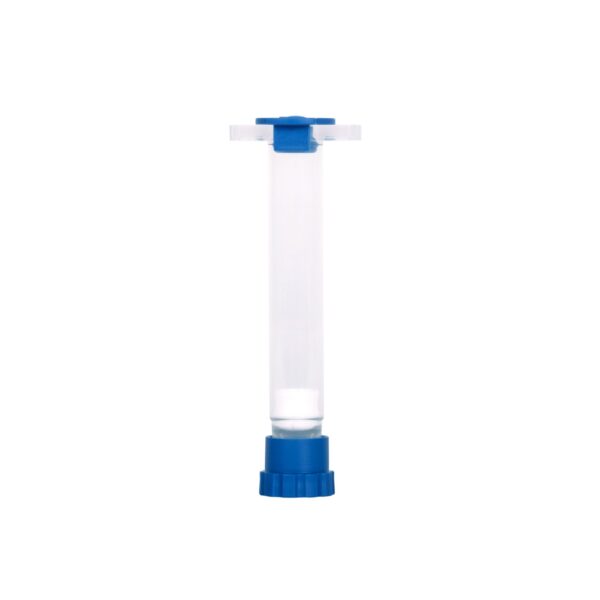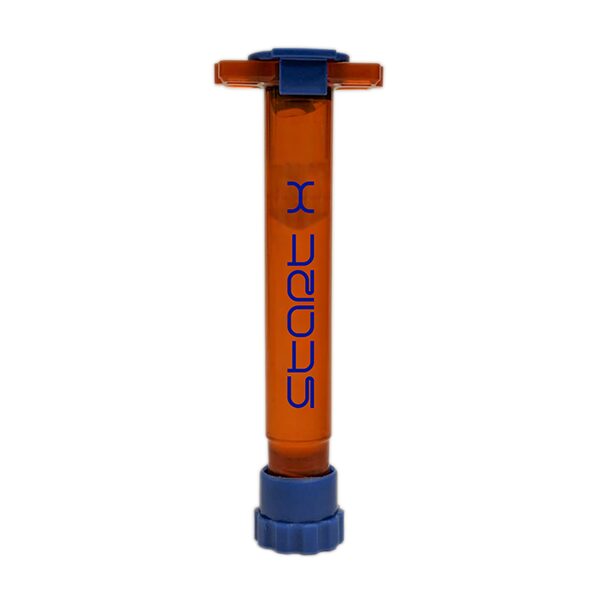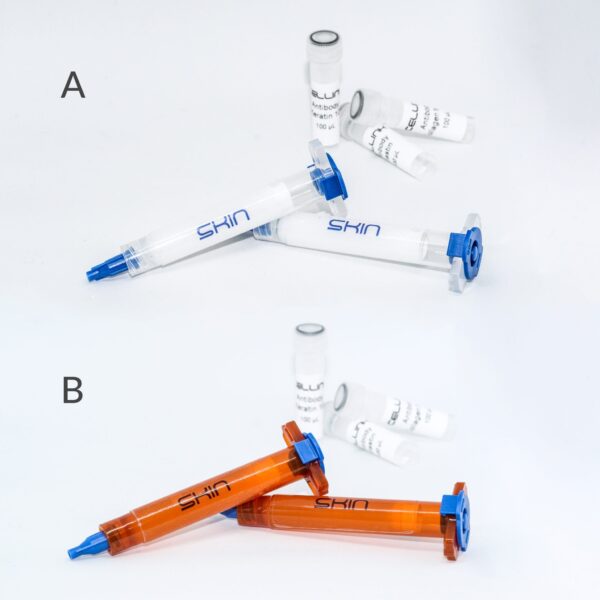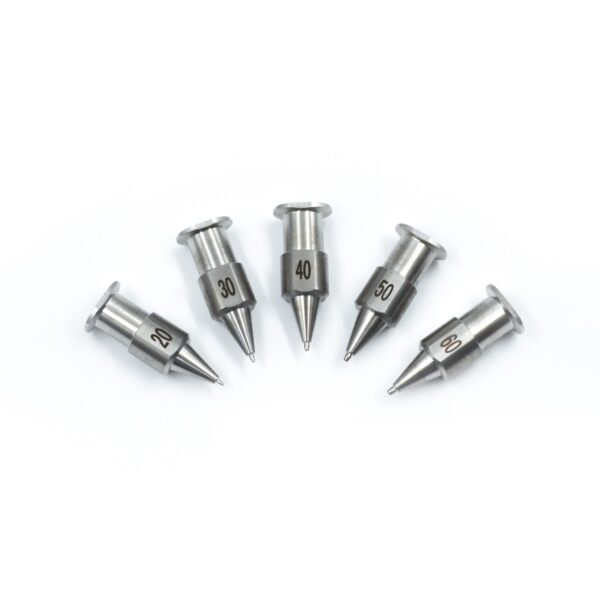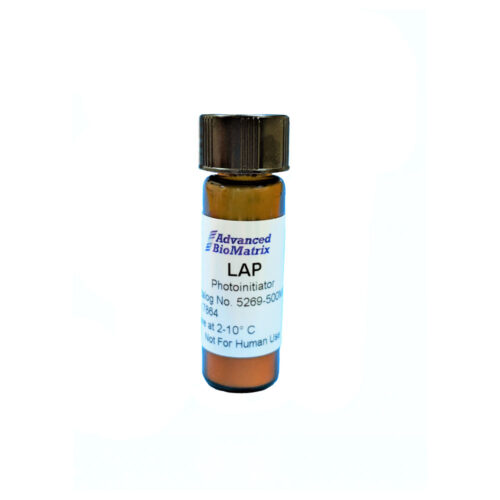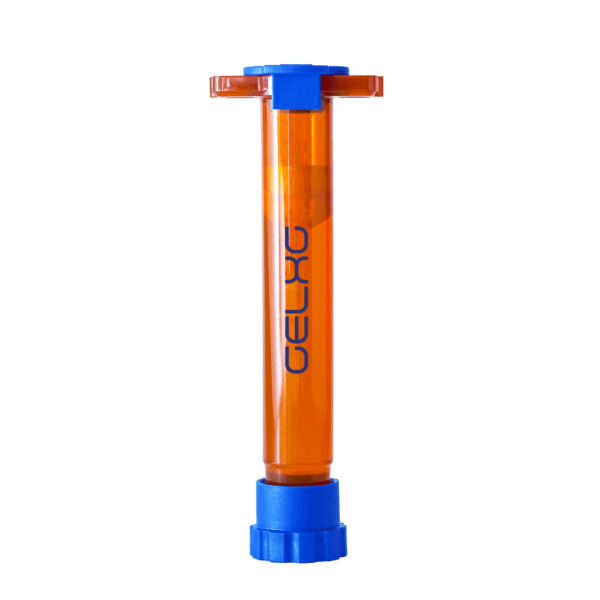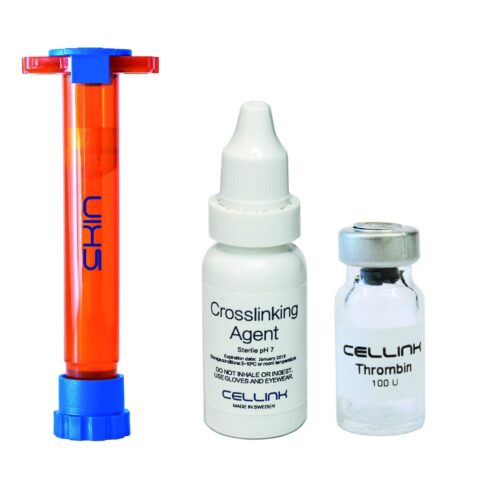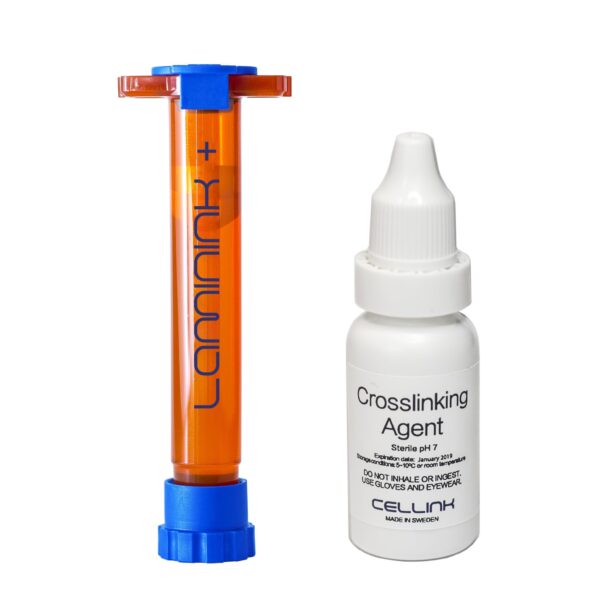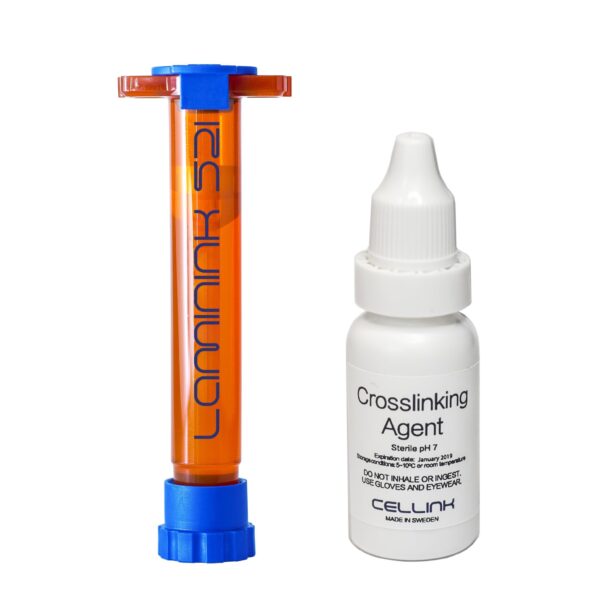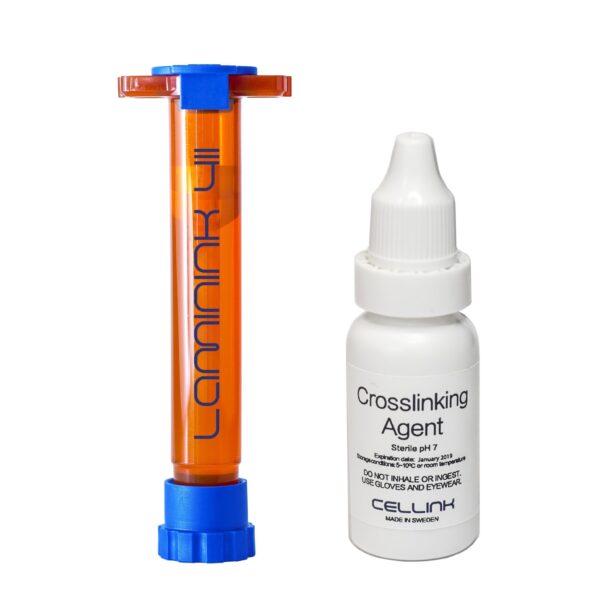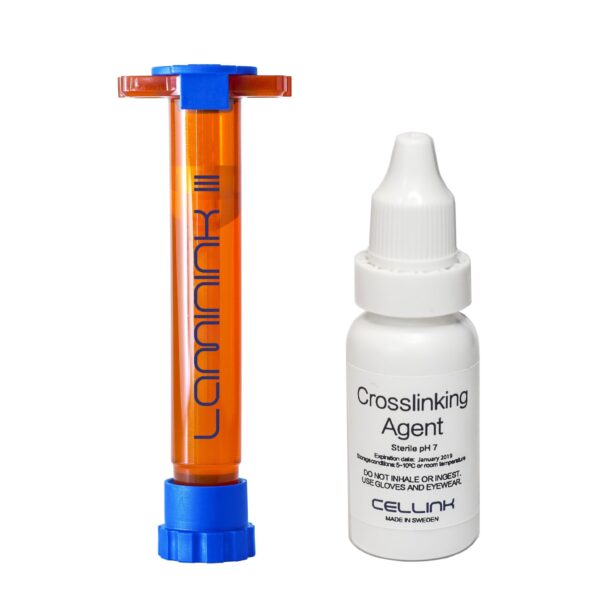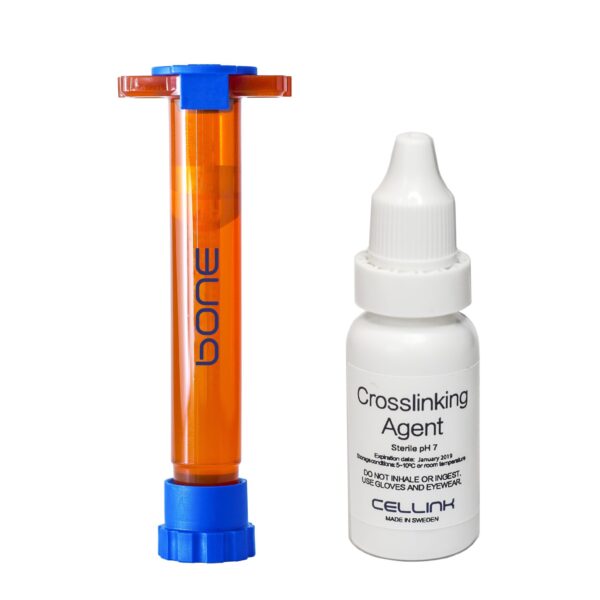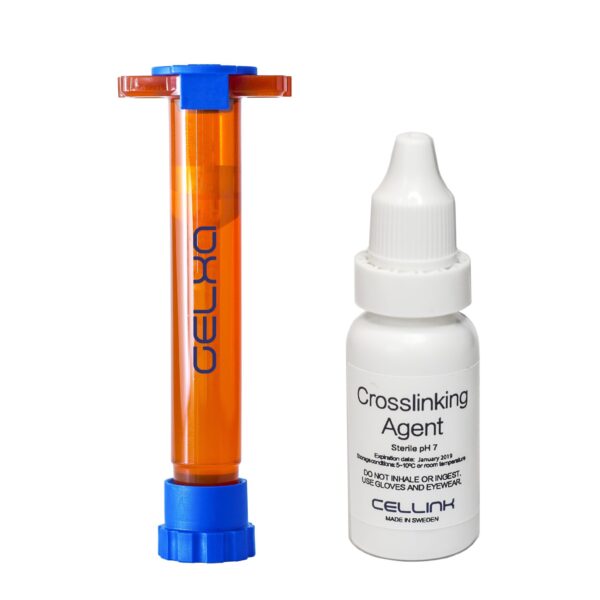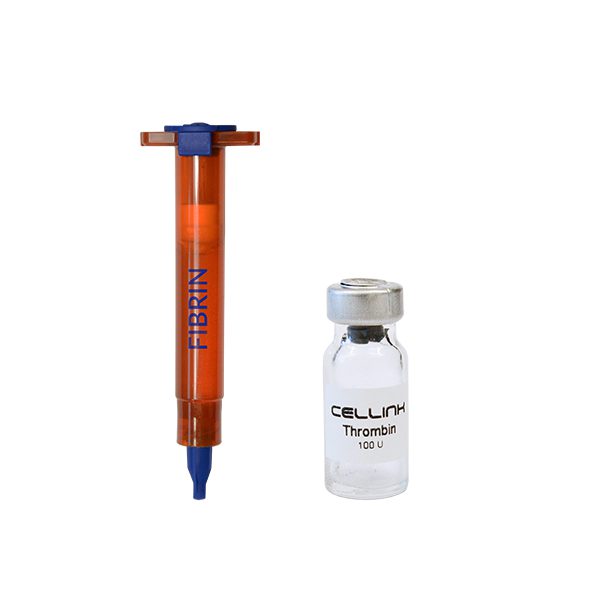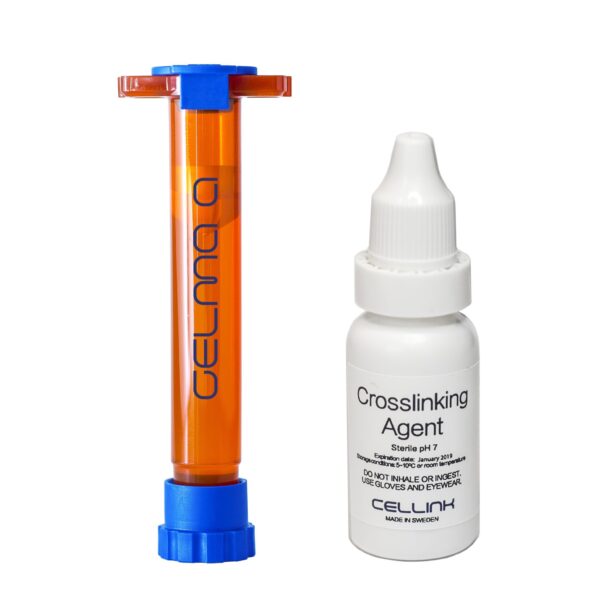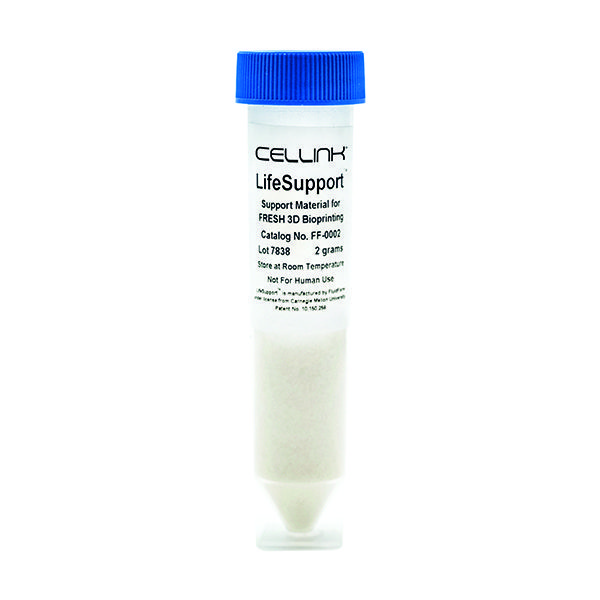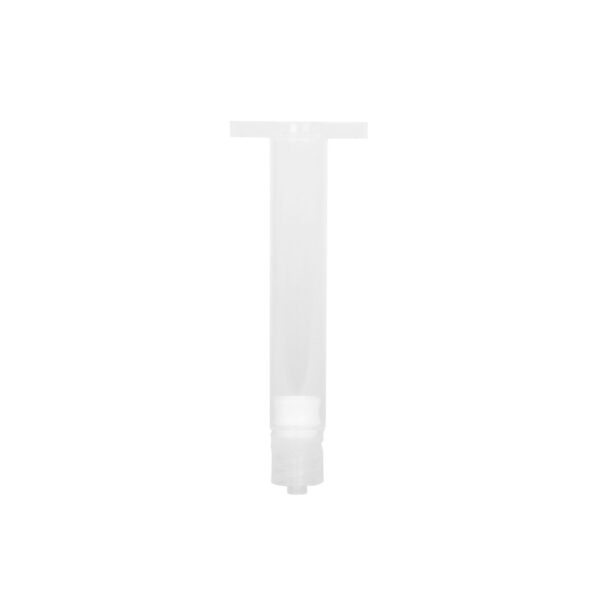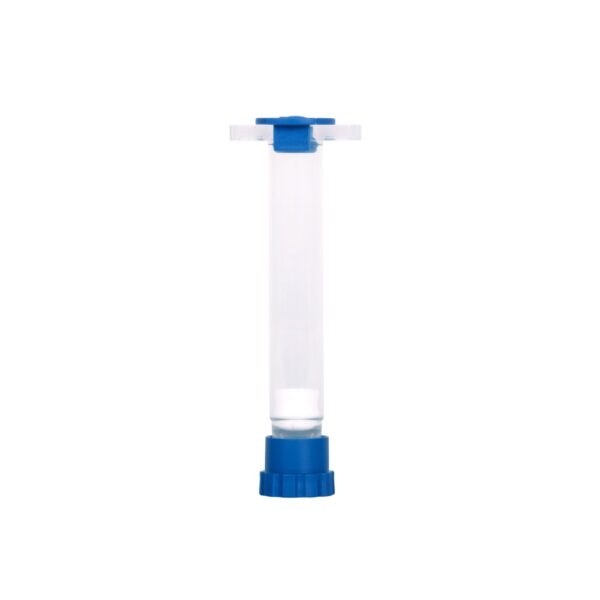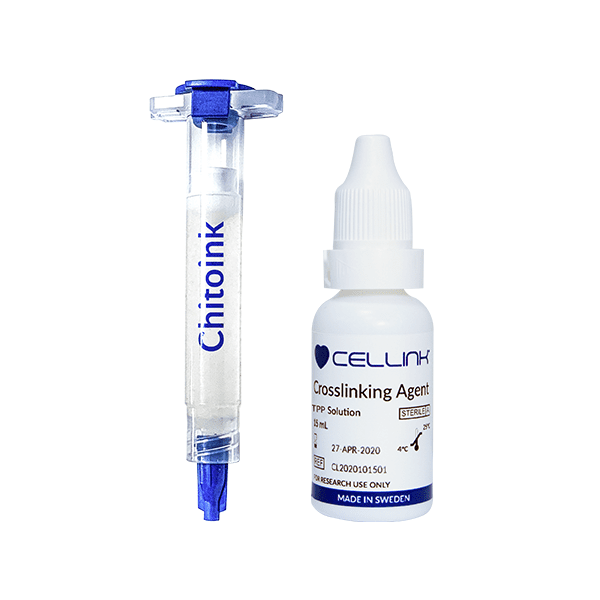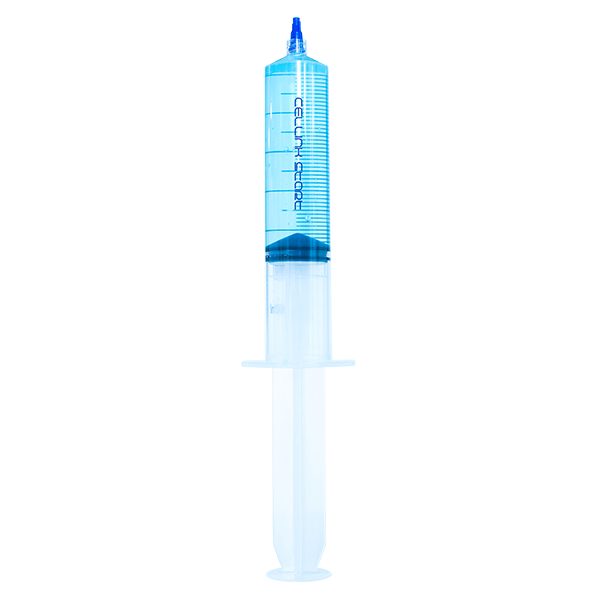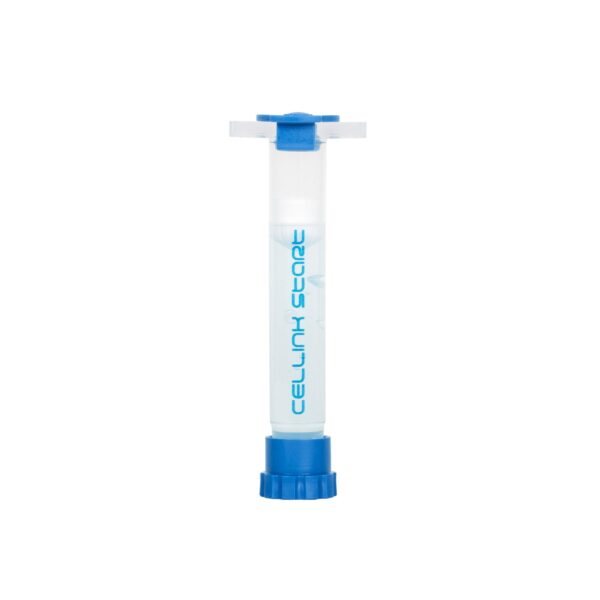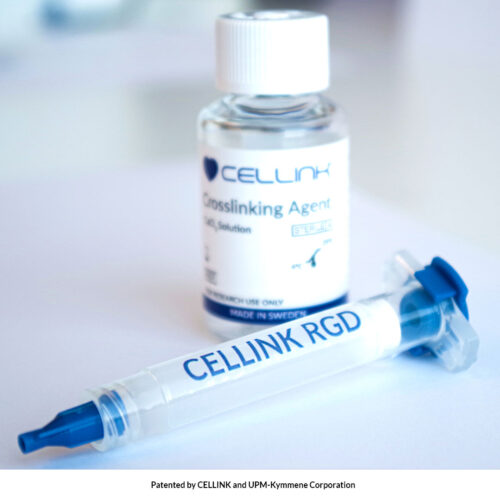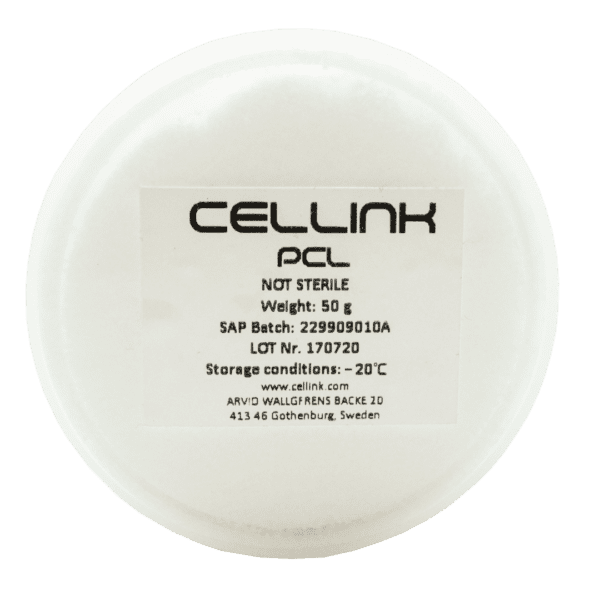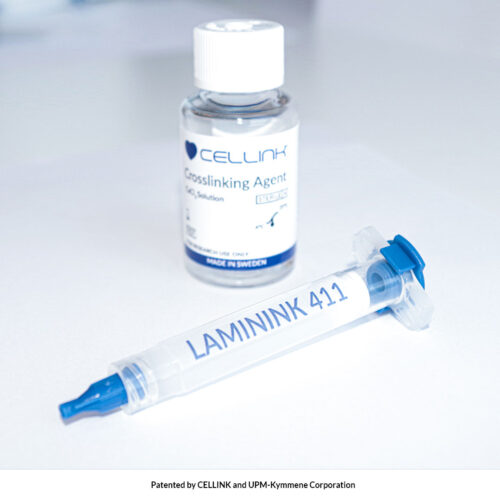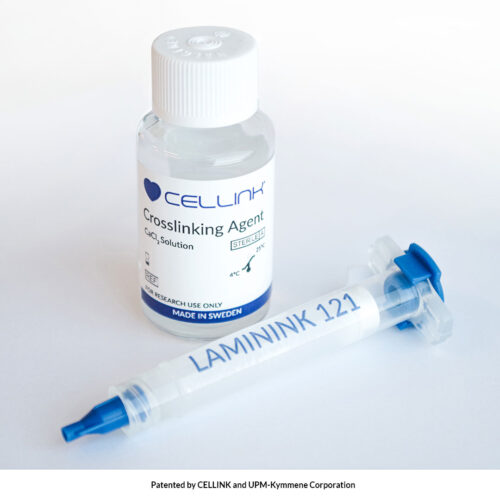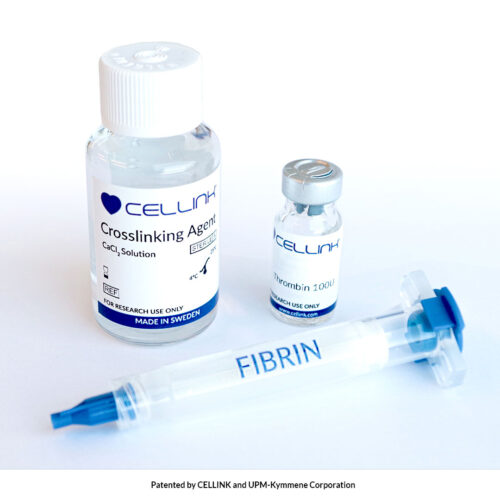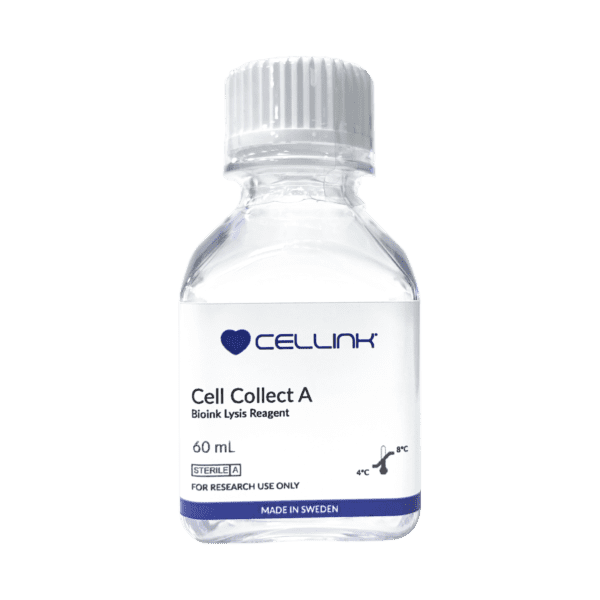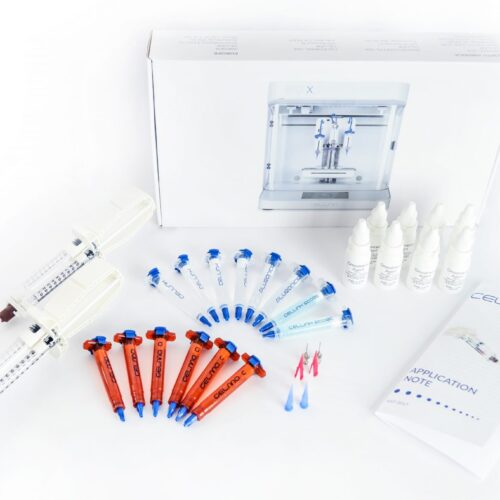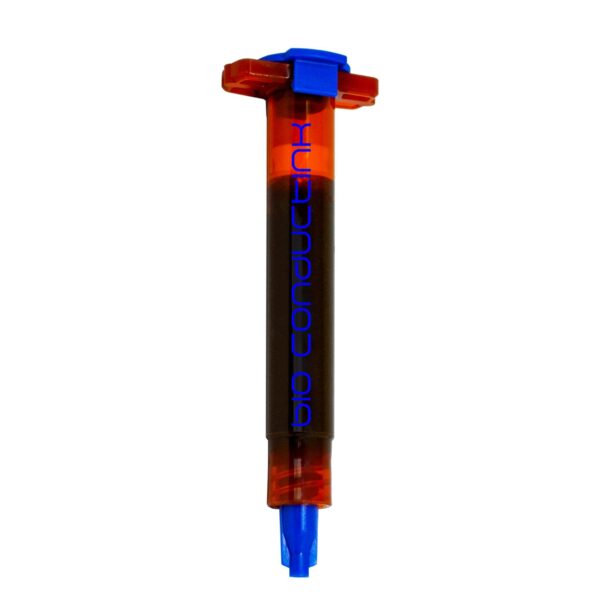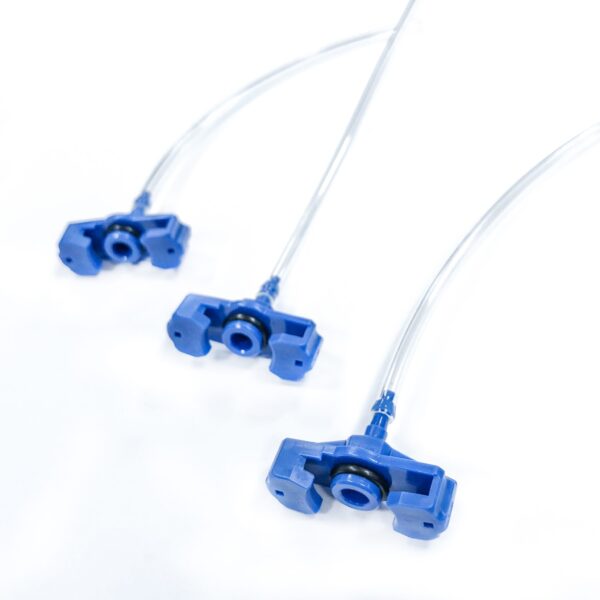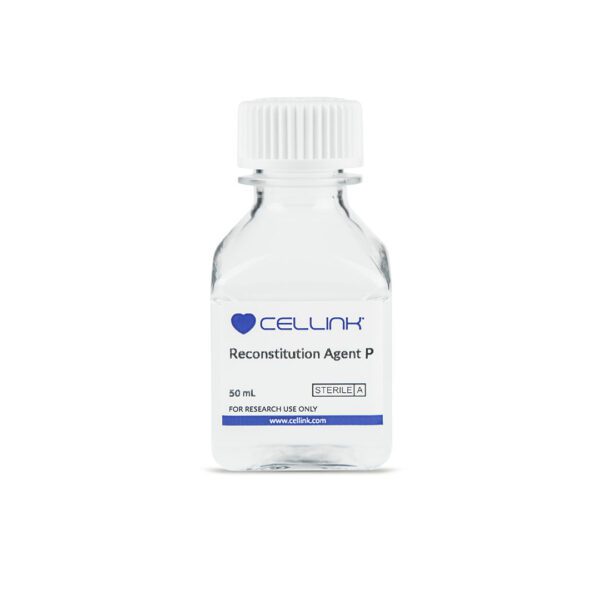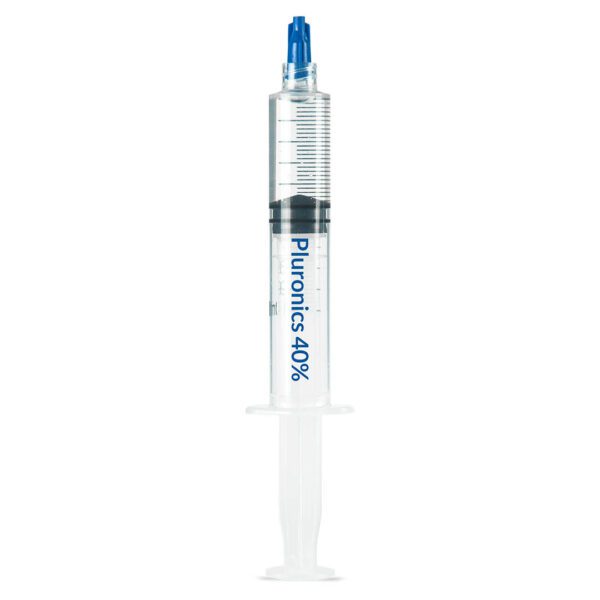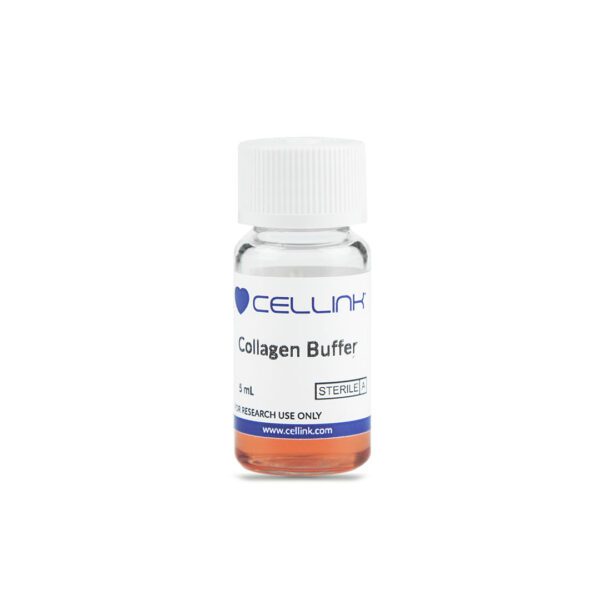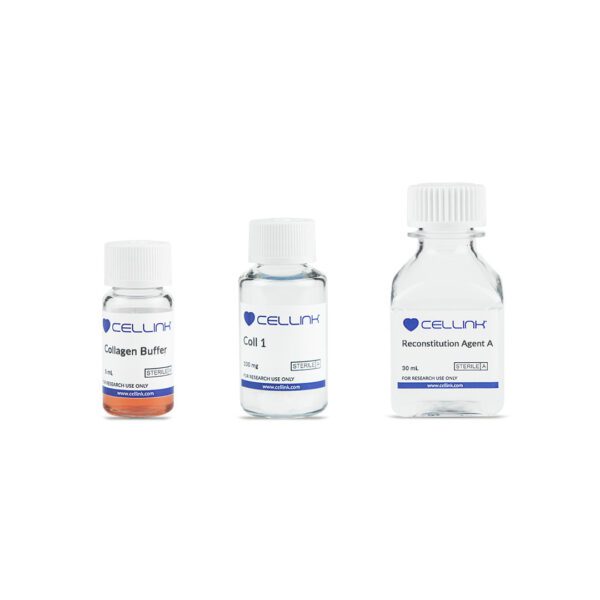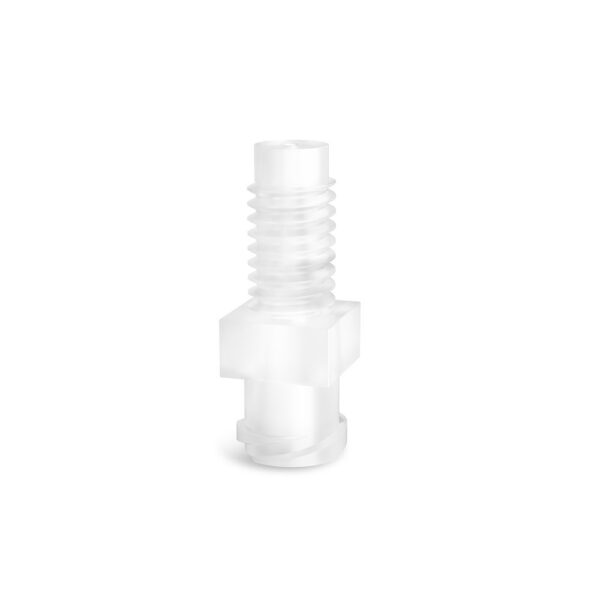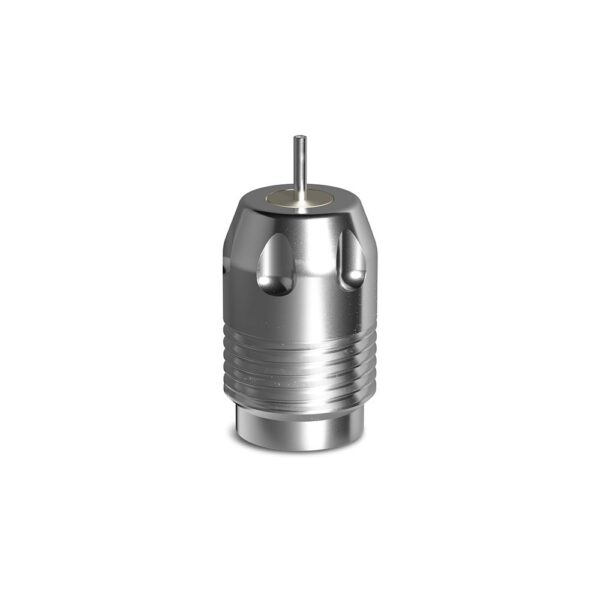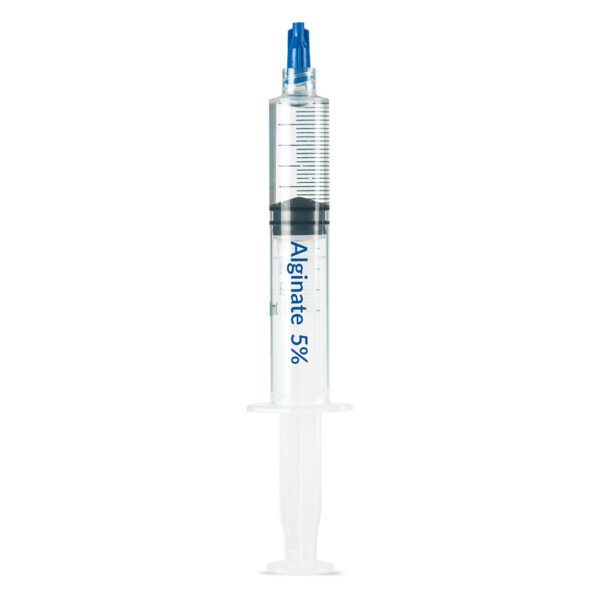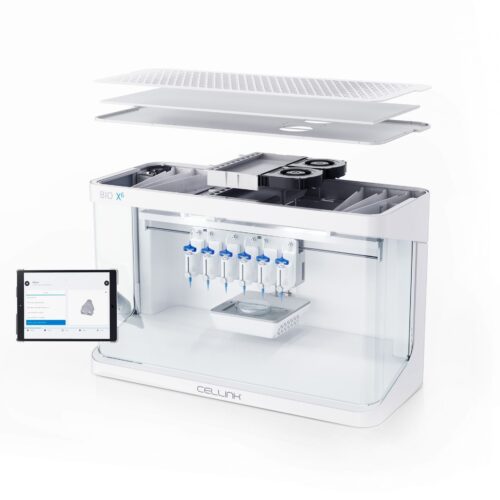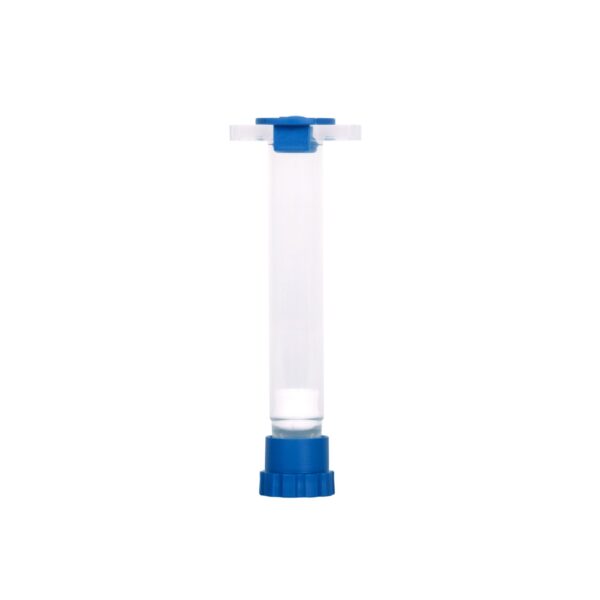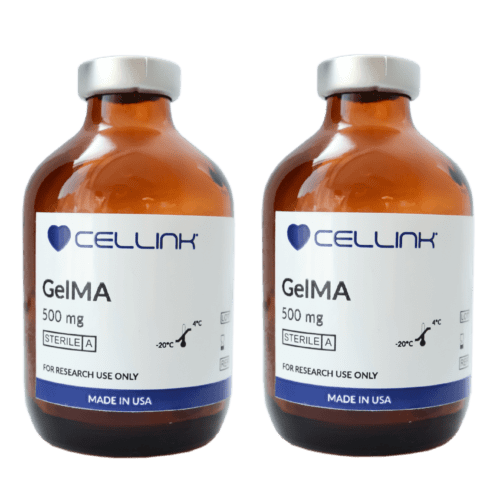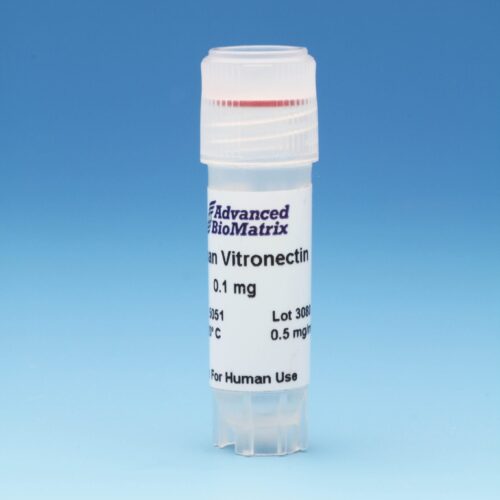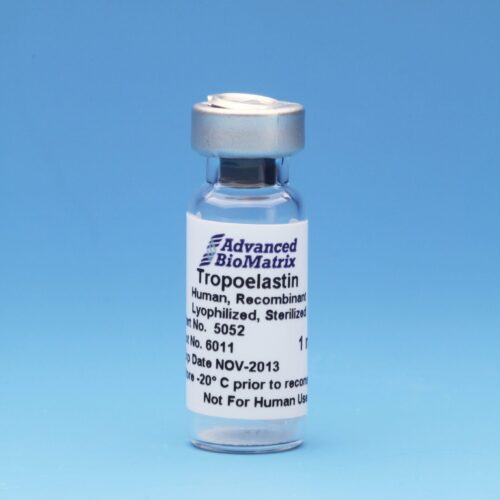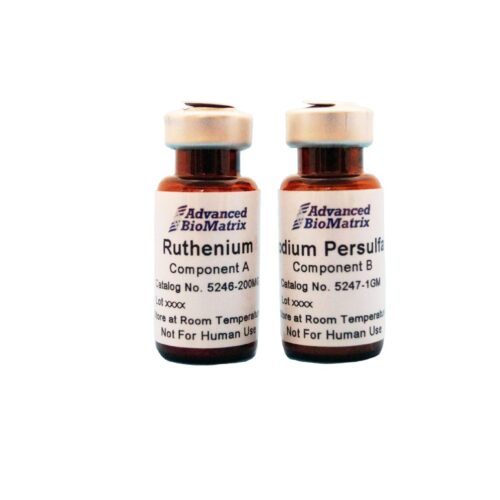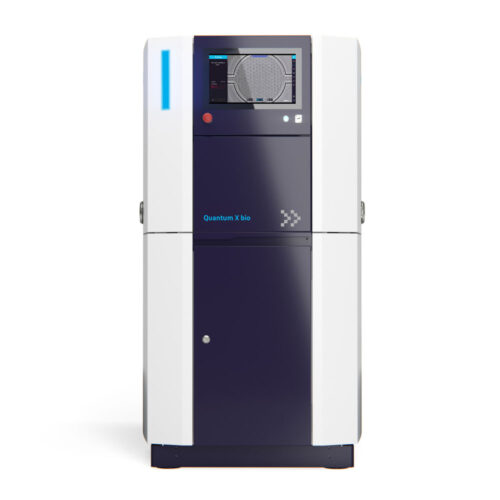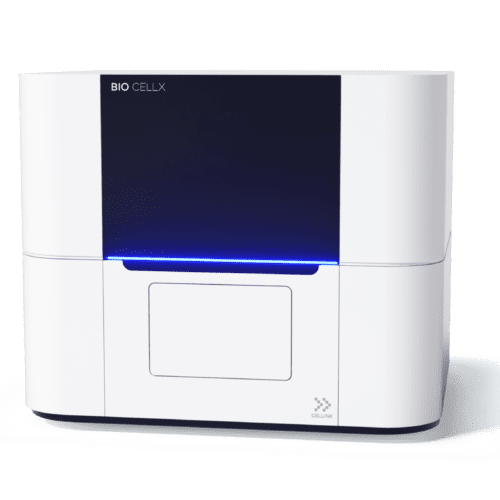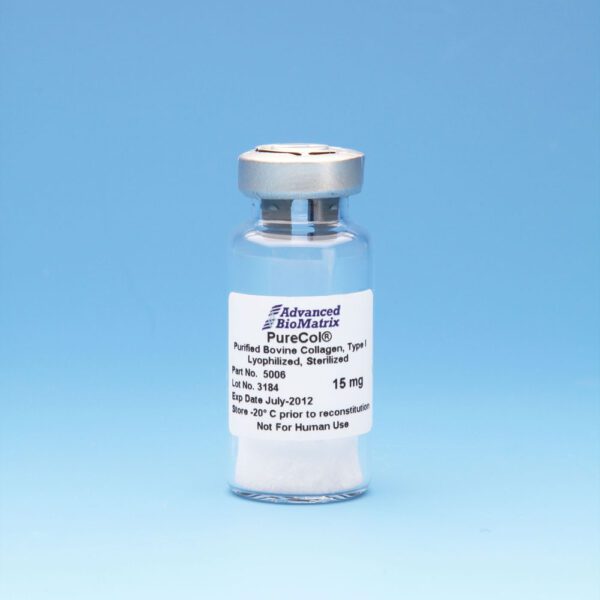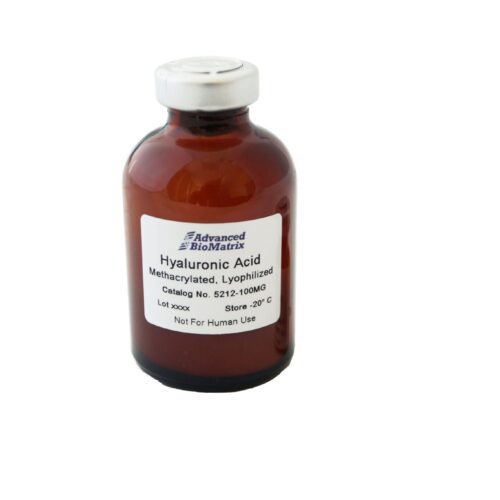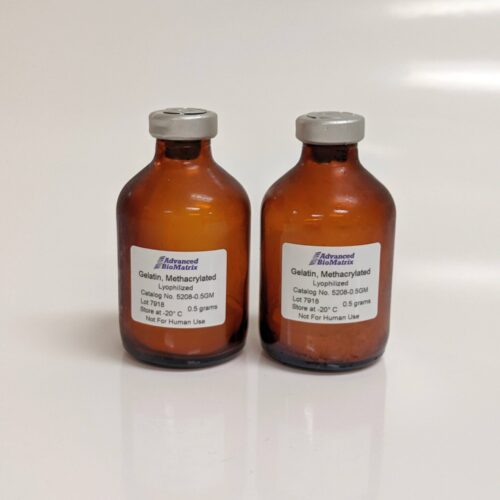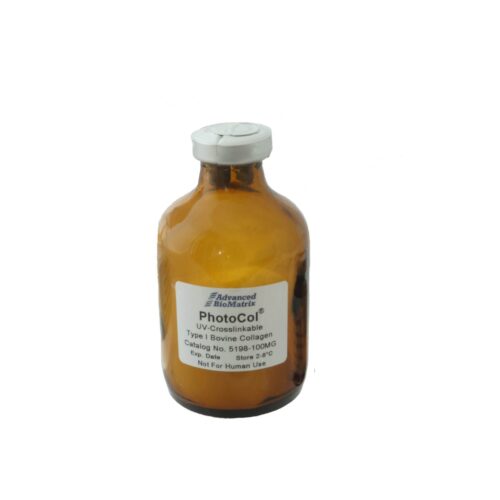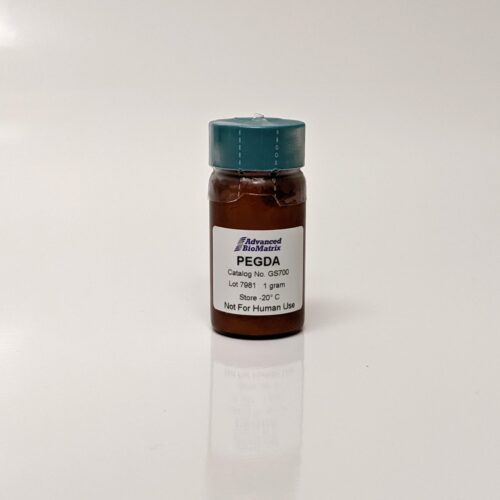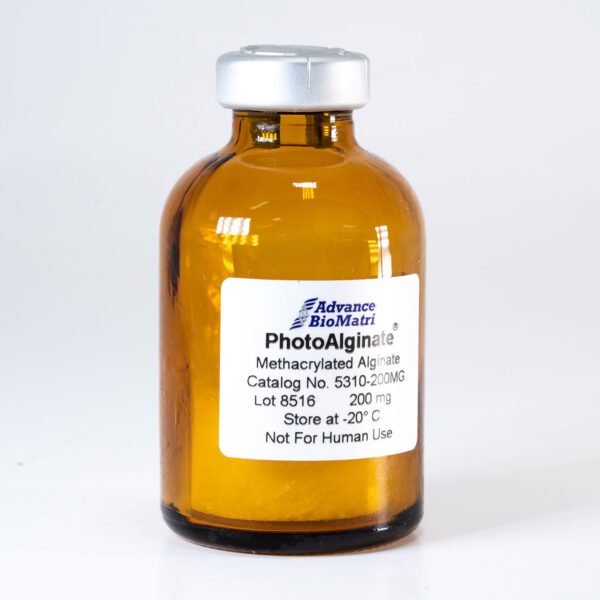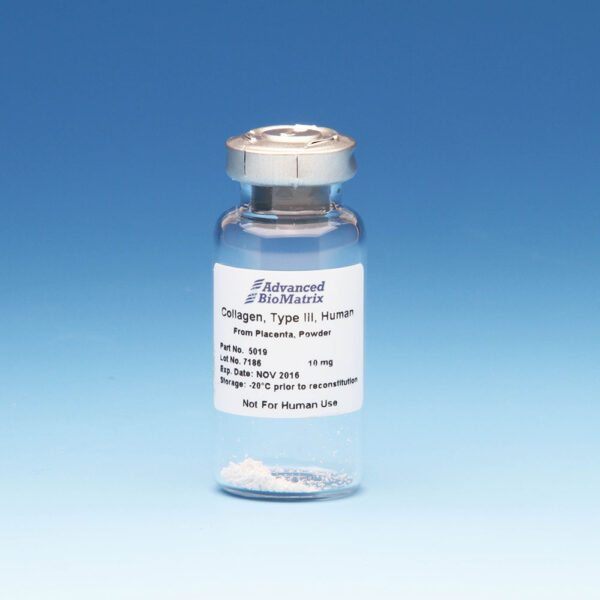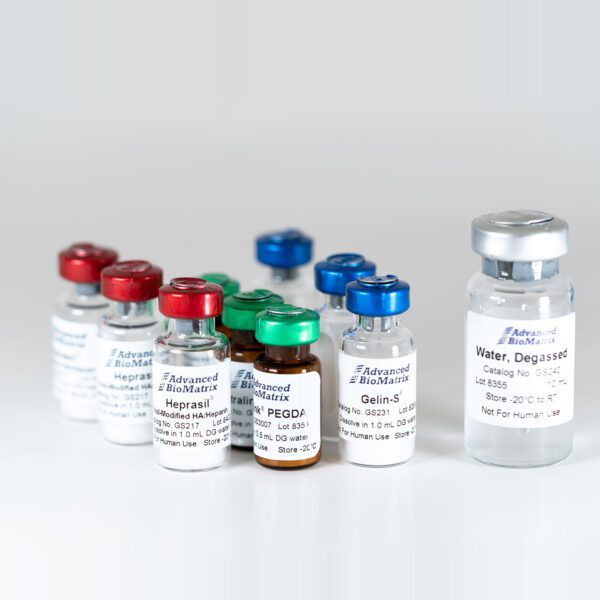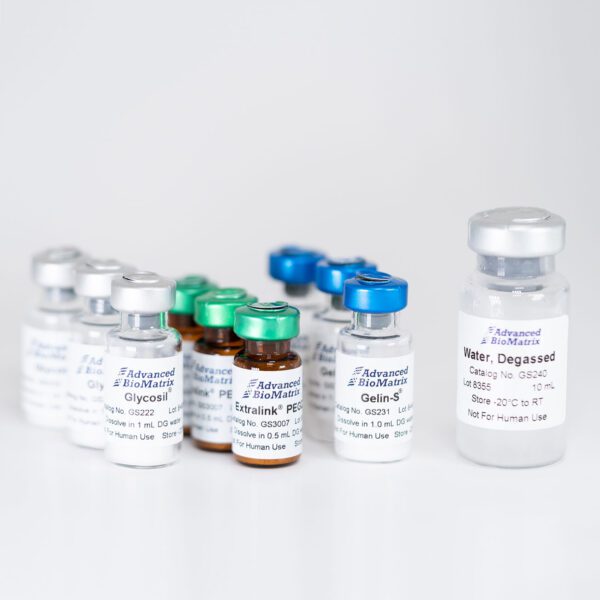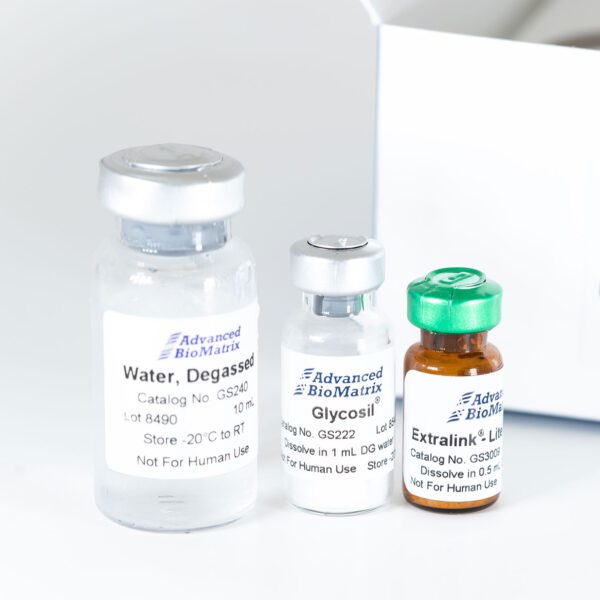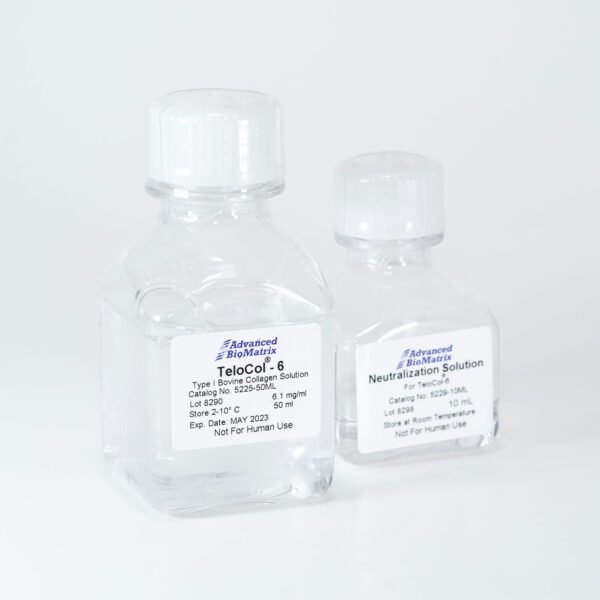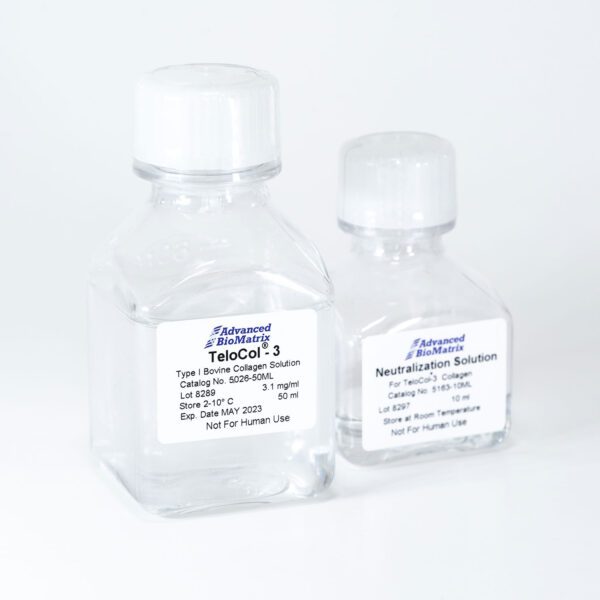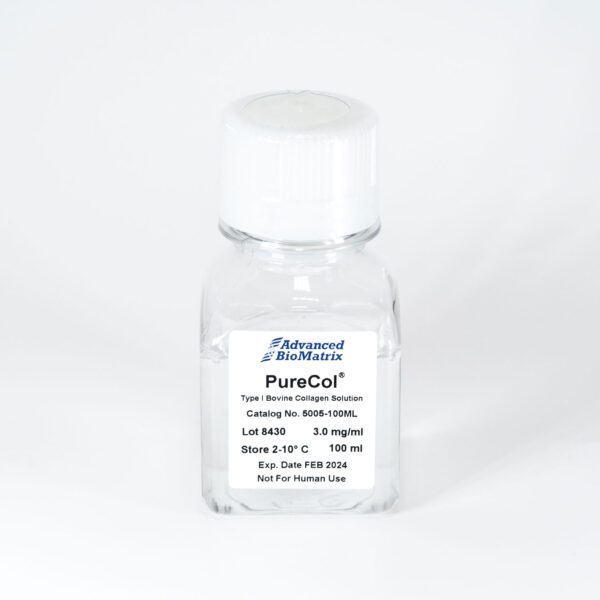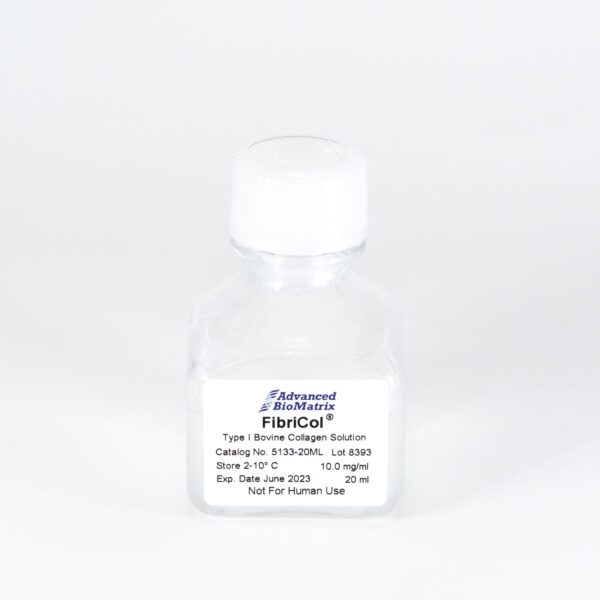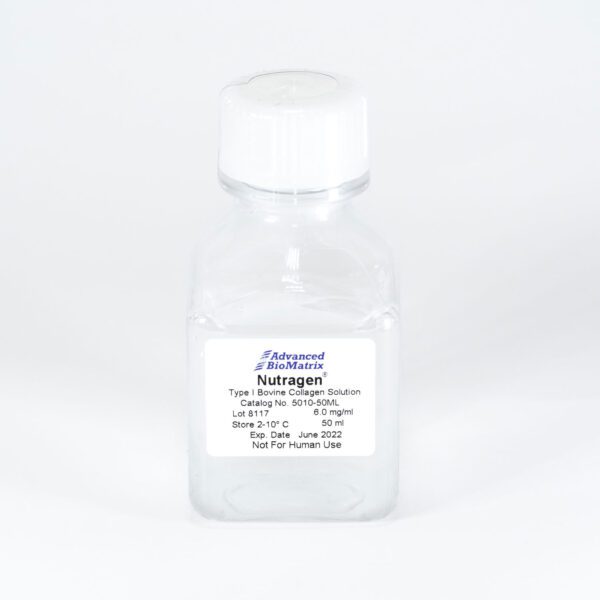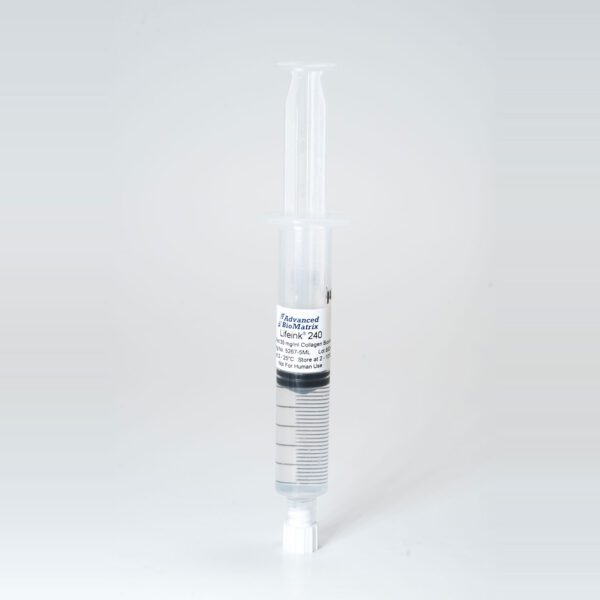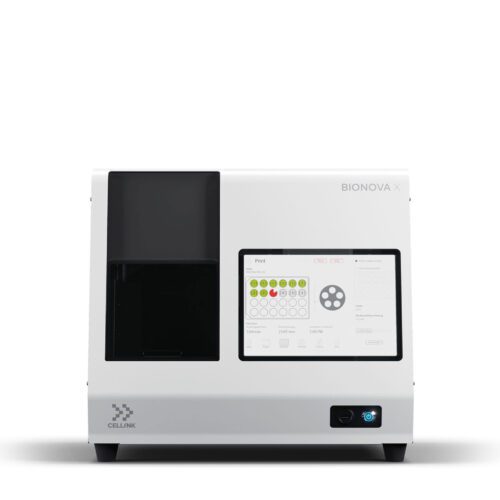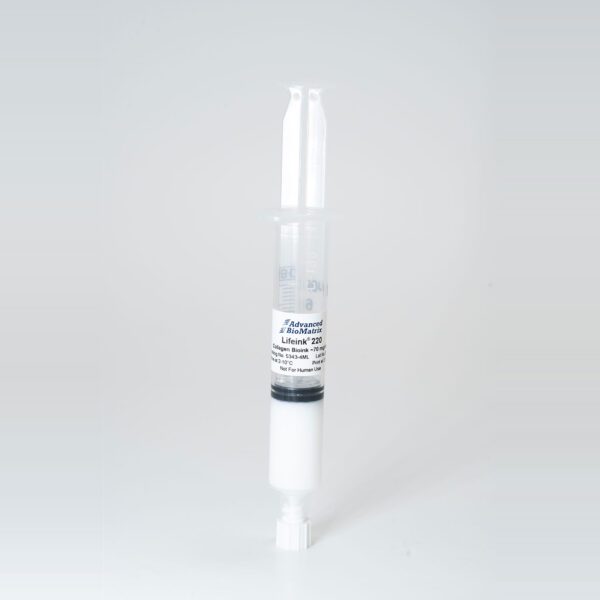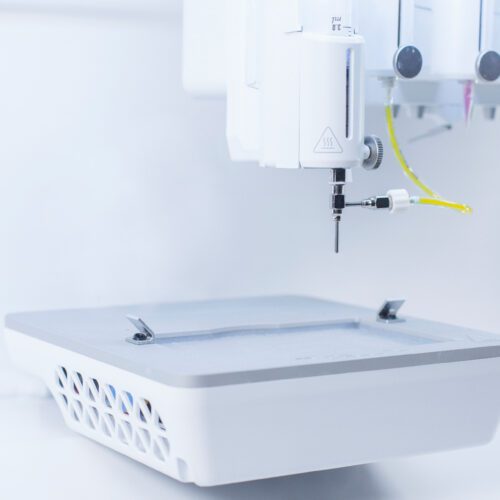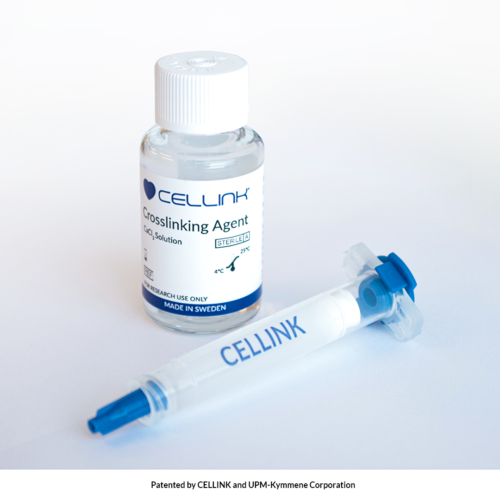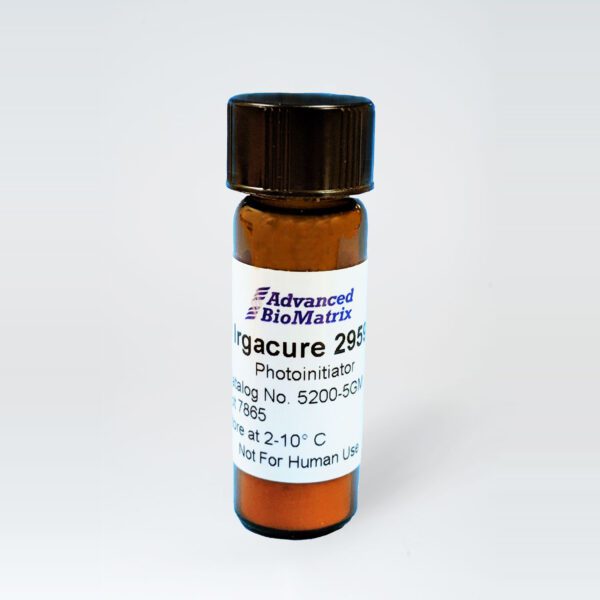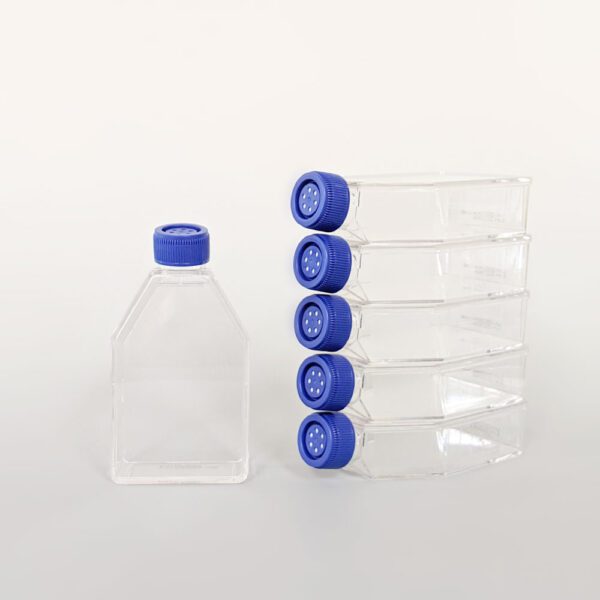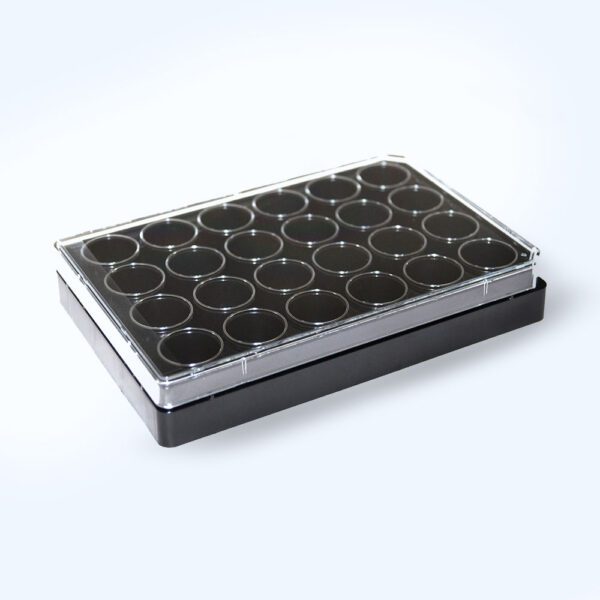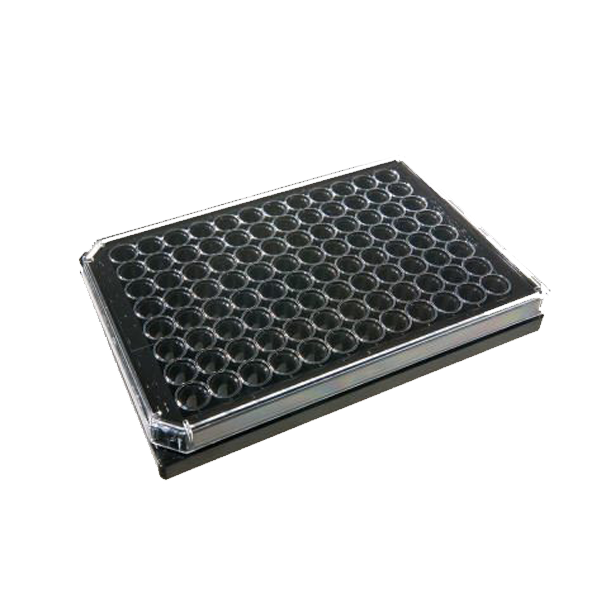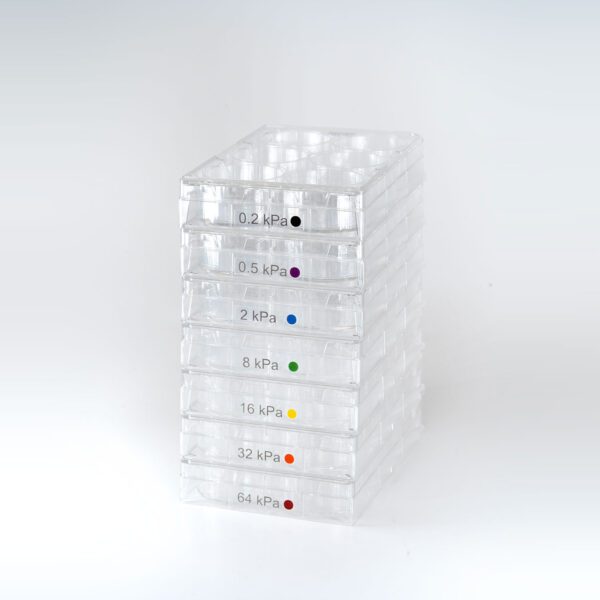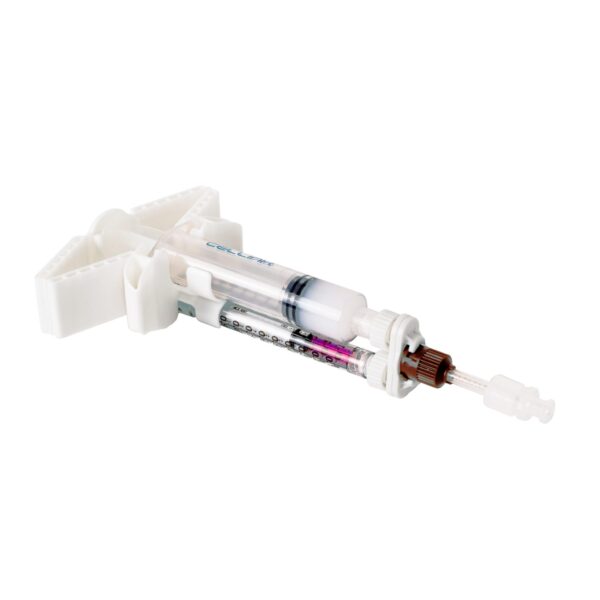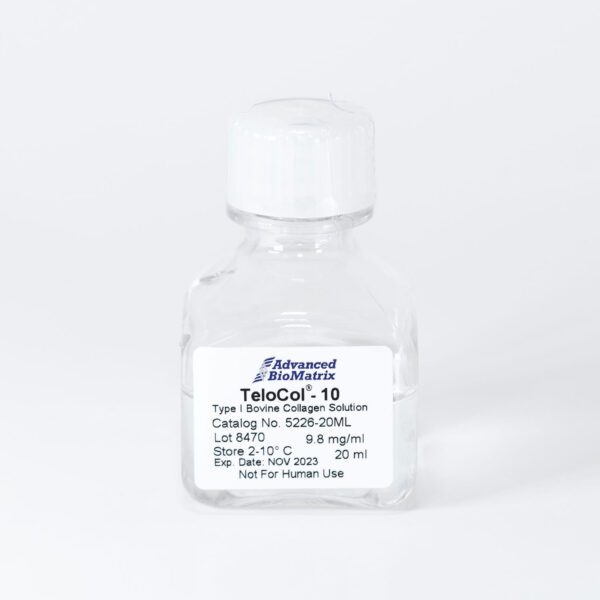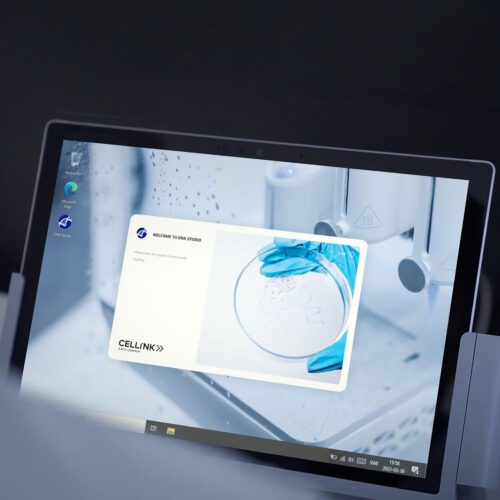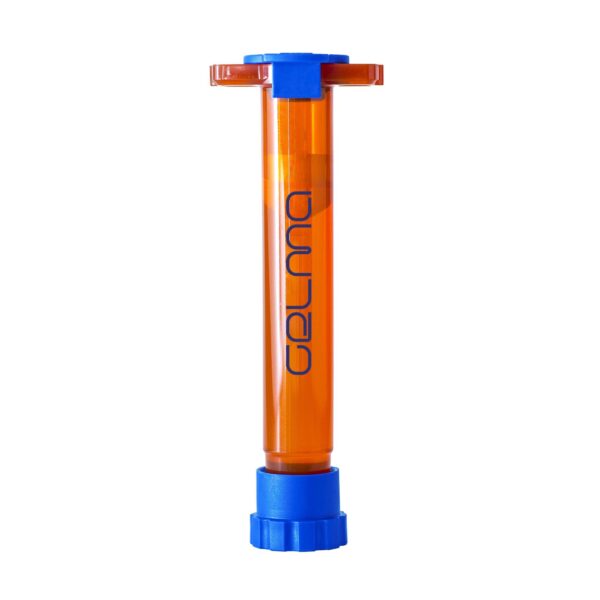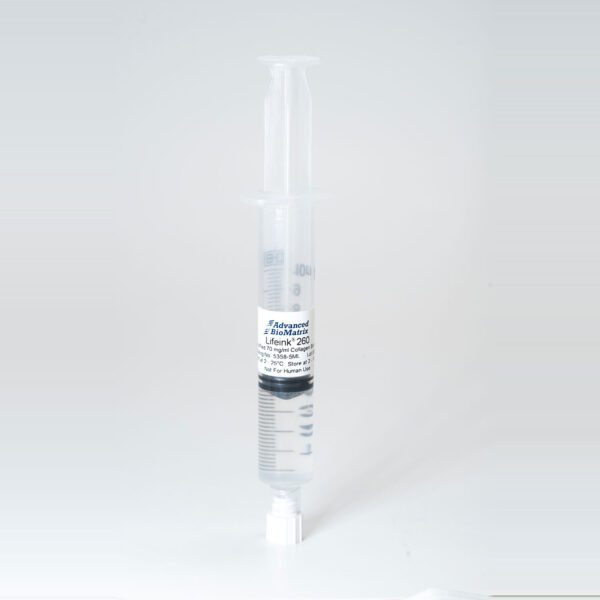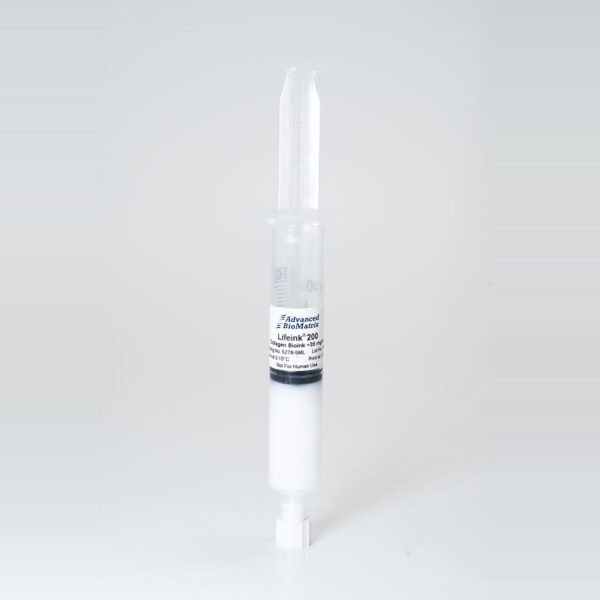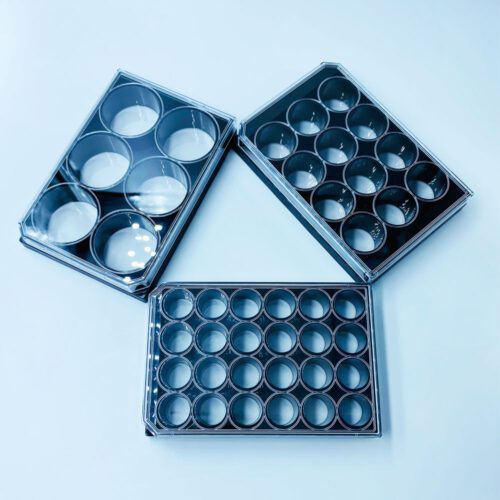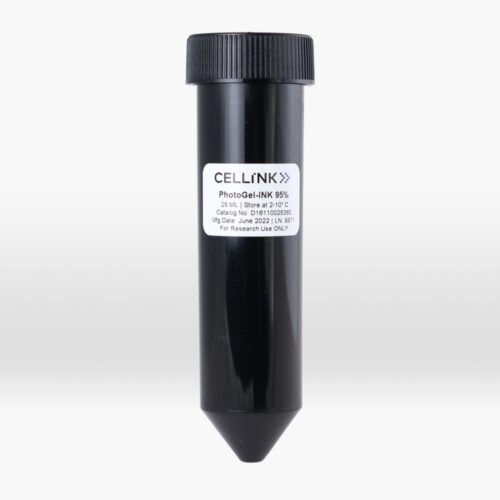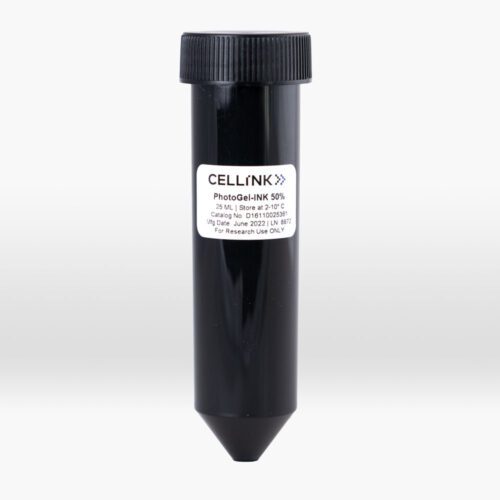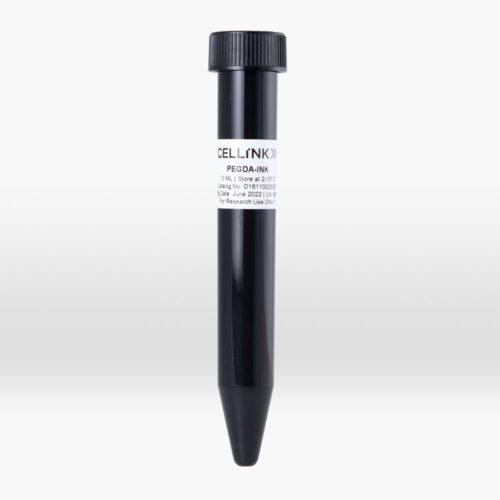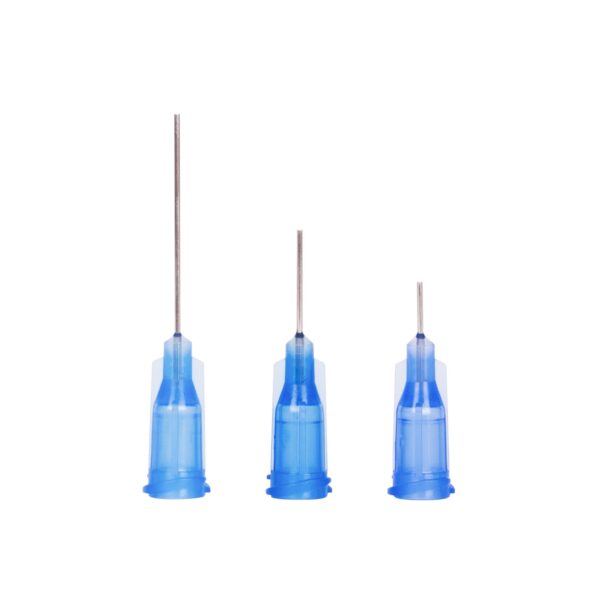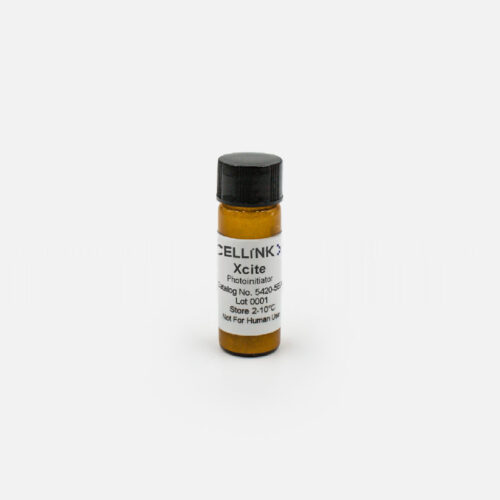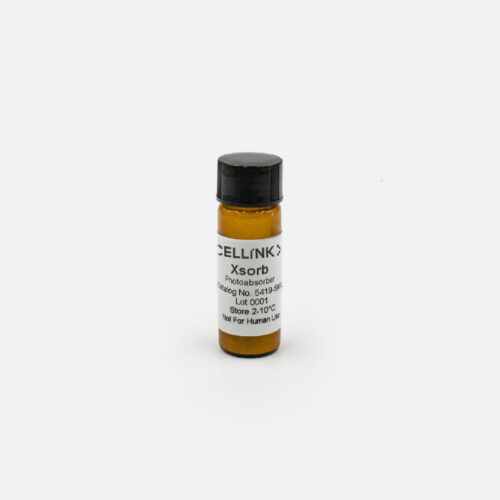CHALLENGE: To identify secondary metabolite from endophyte having anticancer activity
This customer utilized the Discovery studio suite to screen, identify and optimize the secondary metabolites for Breast cancer drug target BRAC1.
Endophytes are defined as “Microbes that colonize living, internal tissues of plants without causing any immediate, overt negative effects”.There are approximately 400,000 different plant species, and virtually almost all of them harbor one or more endophytic organism. Host plants can provide the nutrients and compounds needed for the endophyte to finish its life cycle. We know that medicinal plants are home to endophytic fungi that are thought to be associated with pharmaceutical production.
Study of Endophytic fungi has been carried out mainly for two reasons: 1. To gain knowledge about ecological biodiversity. 2. As a source of novel bioactive compounds. The endophytic fungi undergo colonization of plant tissues
similar to that of plant pathogens but doesn’t cause any diseases to the host as sated by Lumyong et al., in 2004.
More than 322 secondary metabolites from endophytic fungi have been characterized. These metabolites have high chemical diversity which comprises alkaloids, terpenoids, quinones, peptides, xanthones and phenols. These bioactive metabolites have wide application as antivirals, antimicrobials, antiparasitic agents, anti-cancer agents, agrochemicals and immunosuppressants.
The challenges of this case study is to probe the following objectives
- To identify secondary metabolite from endophyte having anticancer activity.
- To virtual screen for similar compounds for anticancer activity.
- To study their structure, shape complementary target protein BRAC1 active site.
- To study the stability of docked complex (Protein-Ligand) molecular dynamics simulations
RESULT: Lead optimization of Endophyte similar compounds and its stability
Endophytes are chemical synthesizers inside plants which produce bioactive substances with low toxicity toward higher organism.Colonization is a sequential process which involves recognition of the host by the fungus, germination of spores, which paves way for the penetration of the epidermis and finally colonize the tissue
The bioactive secondary metabolites such as Chaetopyranin, Isotetrahydroauroglaucin, BrefeldinA was selected for similarity search to obtain 23,381 compounds from the PubChem chemical database.These compounds were further subjected to virtual screening techniques. In ADMET and topkat almost 80-90% (23089)compounds were ruled out(Fig 2).

Fig 2: ADMET profiling of ligand molecules
Further, in RO5 violations only 283 compounds were selected Finally, the top 283 leads compounds were docked with BRAC1 protein (PDB ID: 4OFB) using grid-based docking protocol. Subsequently, the best receptor -ligand complex(Fig 3) and its atomics level interaction are tabulated in the Table 1 .
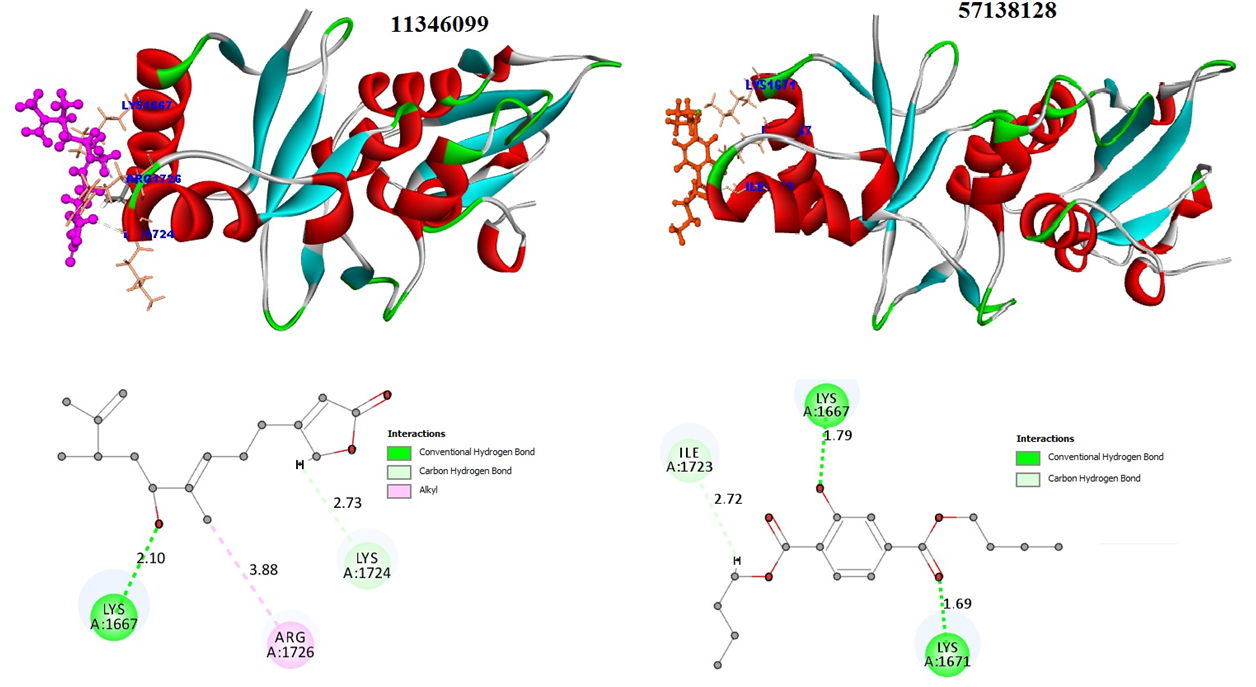
Fig 3: ADMET profiling of ligand molecules

Table 1: Atomic level interaction of the PubChem compounds with active site aminoacids residues
Further the best scored compounds were taken for the molecular dynamics simulation process and its results was analyzed based on time-dependent parameters s such as RMD, RMSF and radius of gyration were interpreted to confirm the stability of the complex (Fig 4) all the units of the y-axis is in angstrom in the plots. The energy parameters of the molecular dynamics are tabulated in the Table 2.

Fig 4: A: RMSD plot,B: Rg plot, C: RMSF plot
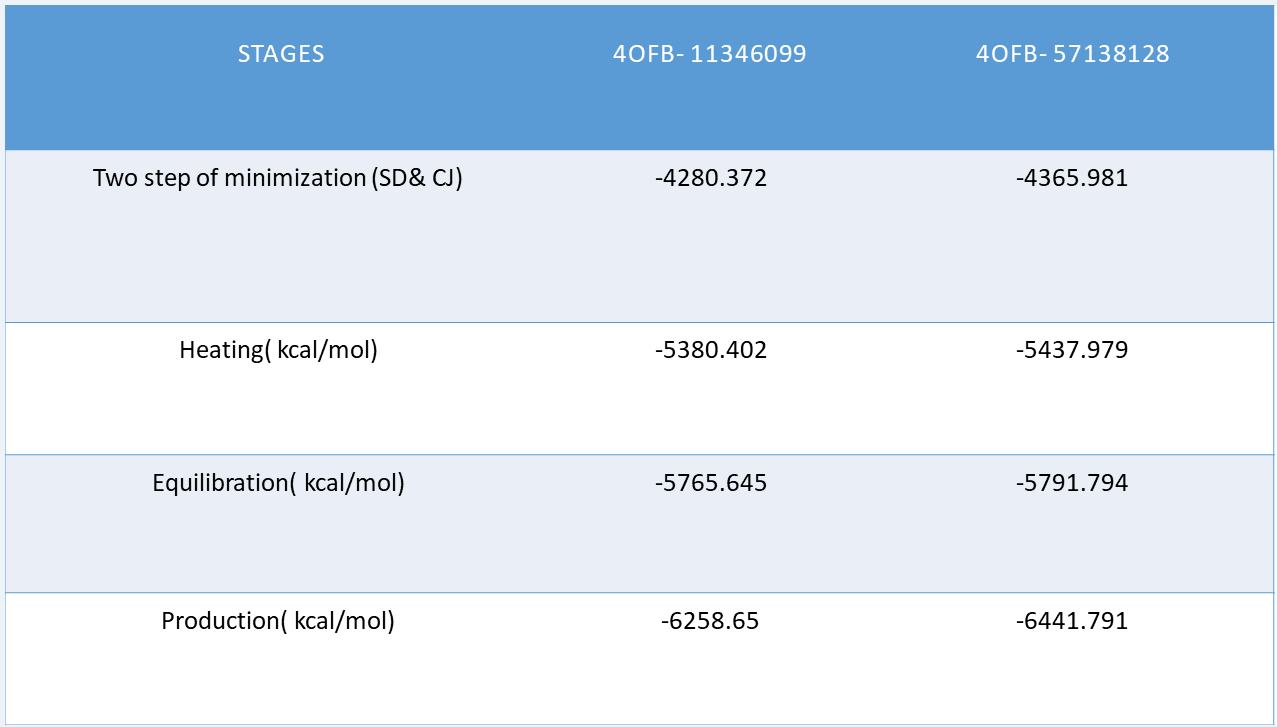
Table 2: Energy parameters at each stage dynamics
Overall, the compound BRAC1 protein (PDB ID: 4OFB)- 57138128 (dibutyl 2-hydroxybenzene-1,4-dicarboxylate) compound similar like pharamcophore of endophyte bioactive compounds depicts and obeys pharmacokinetics, dynamics and interaction with active site residues of drug target with stable equilibrium as function of time during molecular dynamics and simulation can be lead candidate for BRAC1 target based breast cancer treatment. Hence in future ,further work can be done by exploring and designing these compounds as an effective anticancer drug
SOLUTION:Bioactive compounds virtuals screening as a cost-effective solution through Discovery studio
The discovery of natural medicines has grown as a result of low production costs, structural diversity and multiple uses of active compounds to treat various diseases. Special attention has been given to medicinal plants that have traditionally been used for generations to treat the symptoms of many diseases.
There are many natural product success stories for the treatment of various diseases, the compound Taxol (paclitaxel) is a natural product obtained from endophytes is the multi-billion dollar anticancer drug.
It is still important to continuously screen for new compounds from natural sources, particularly rare microorganisms such as endophytes. However, using tools and software like Discovery studio is cost-effective and time-saving. The potent protocols to confront various daunting tasks in the most natural product research
Acknowledgment
We, thank Professor. Dr.N.Premjanu, Department of Biochemistry,Sathyabama Dental College and Hospital, for providing her endophytes based research work as a case study.
To cite: N.Premjanu, Molecular dynamics simulation of secondary metabolites from endophytes against breast cancer – An Insilico ethanomedicne approach.
Publication Date : April, 2023
